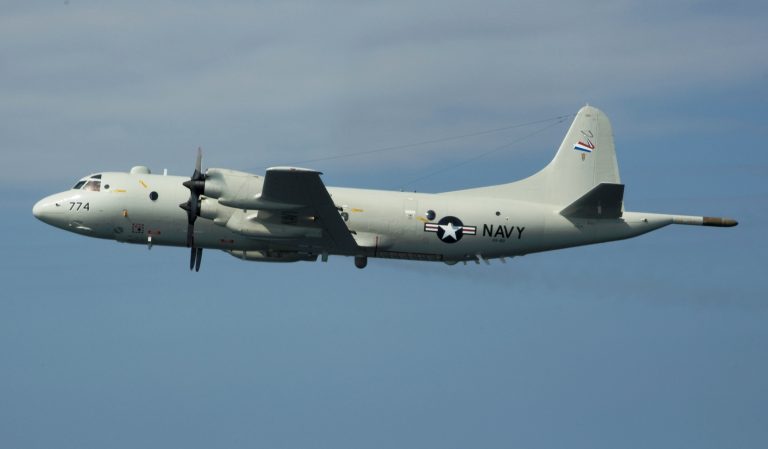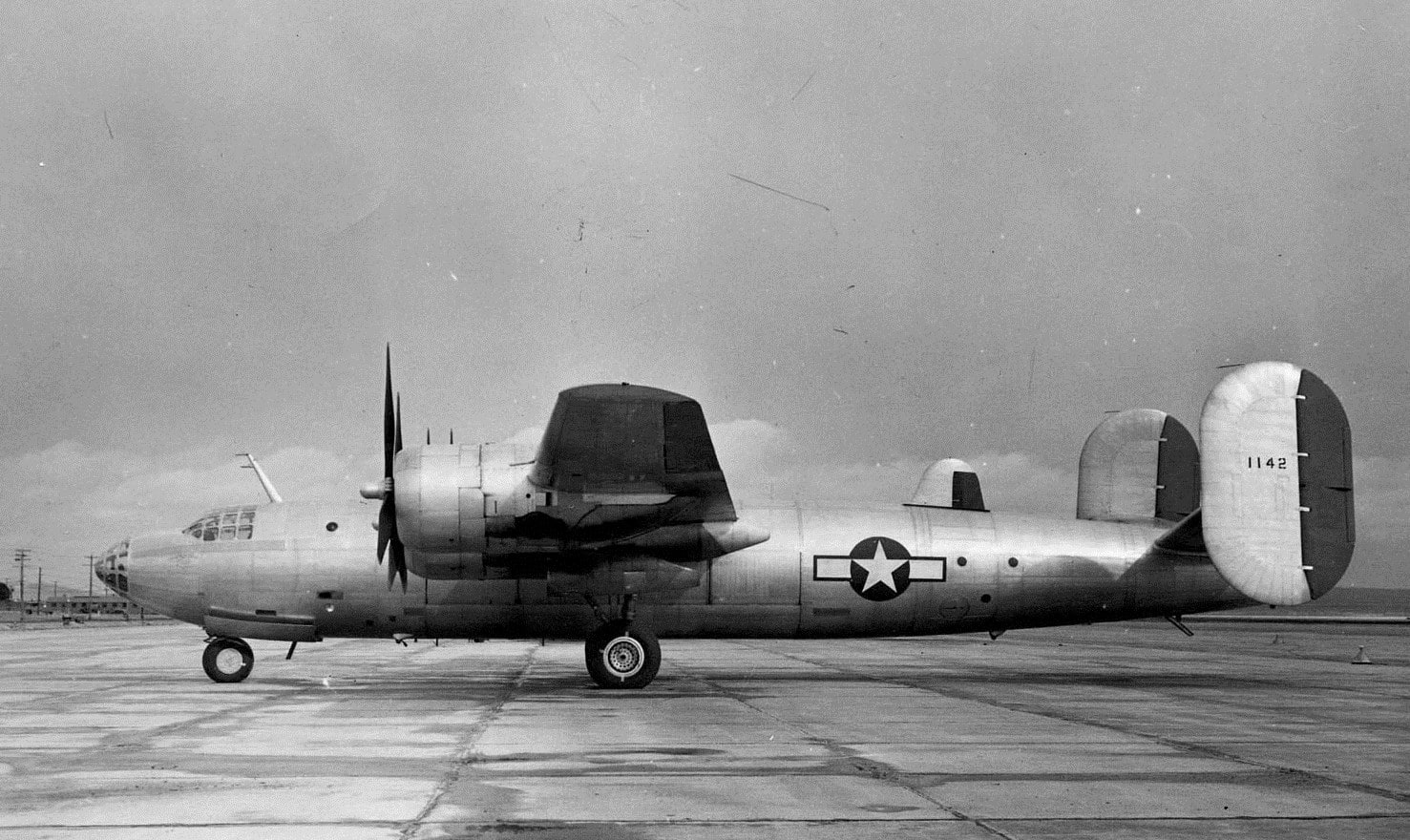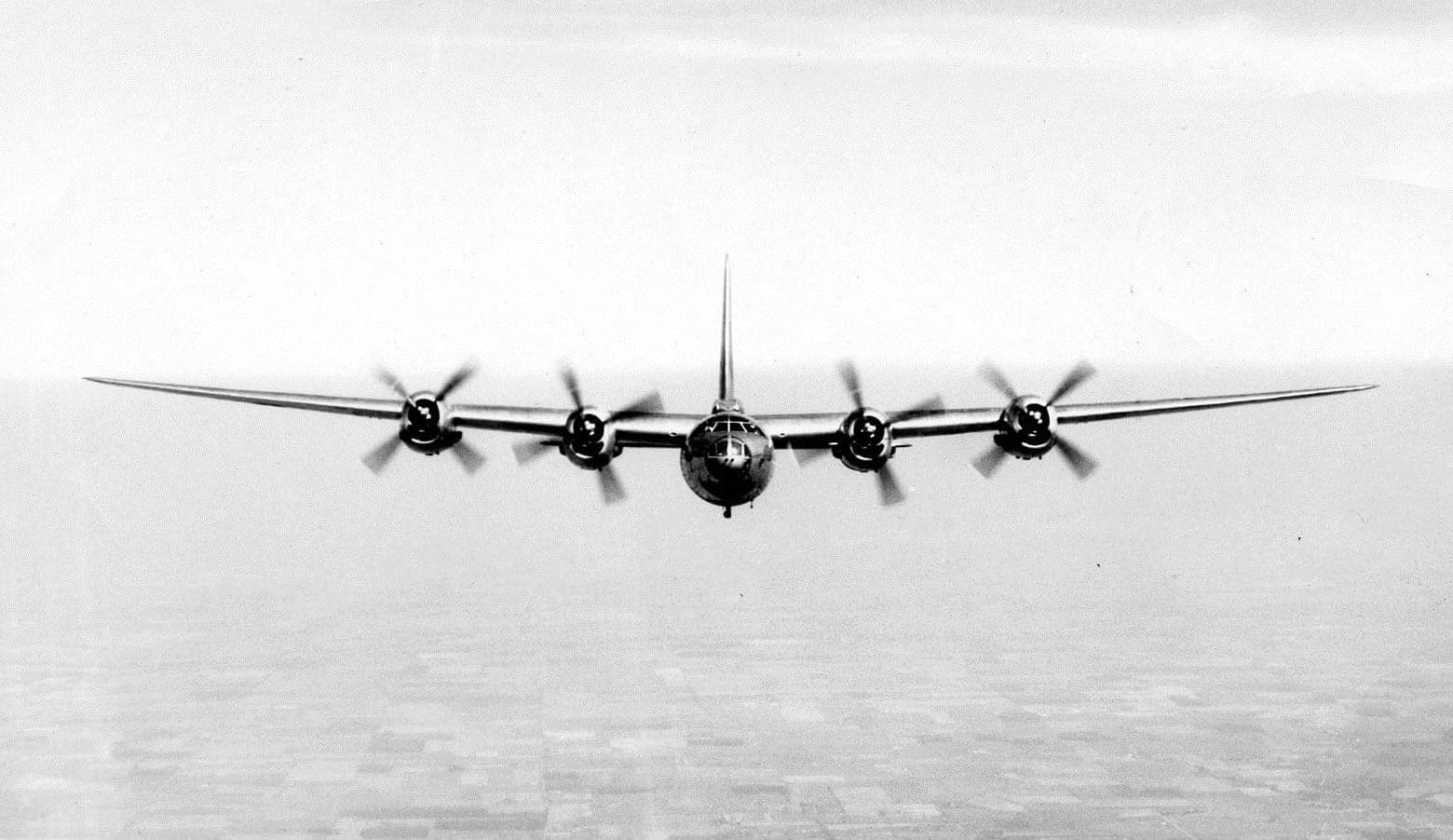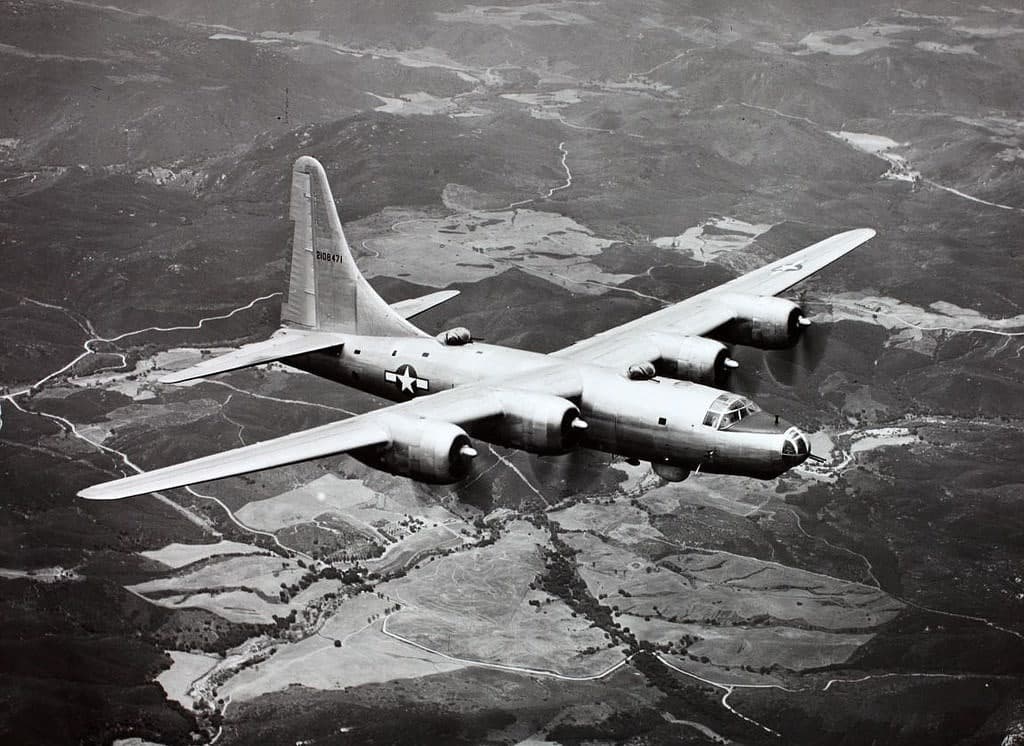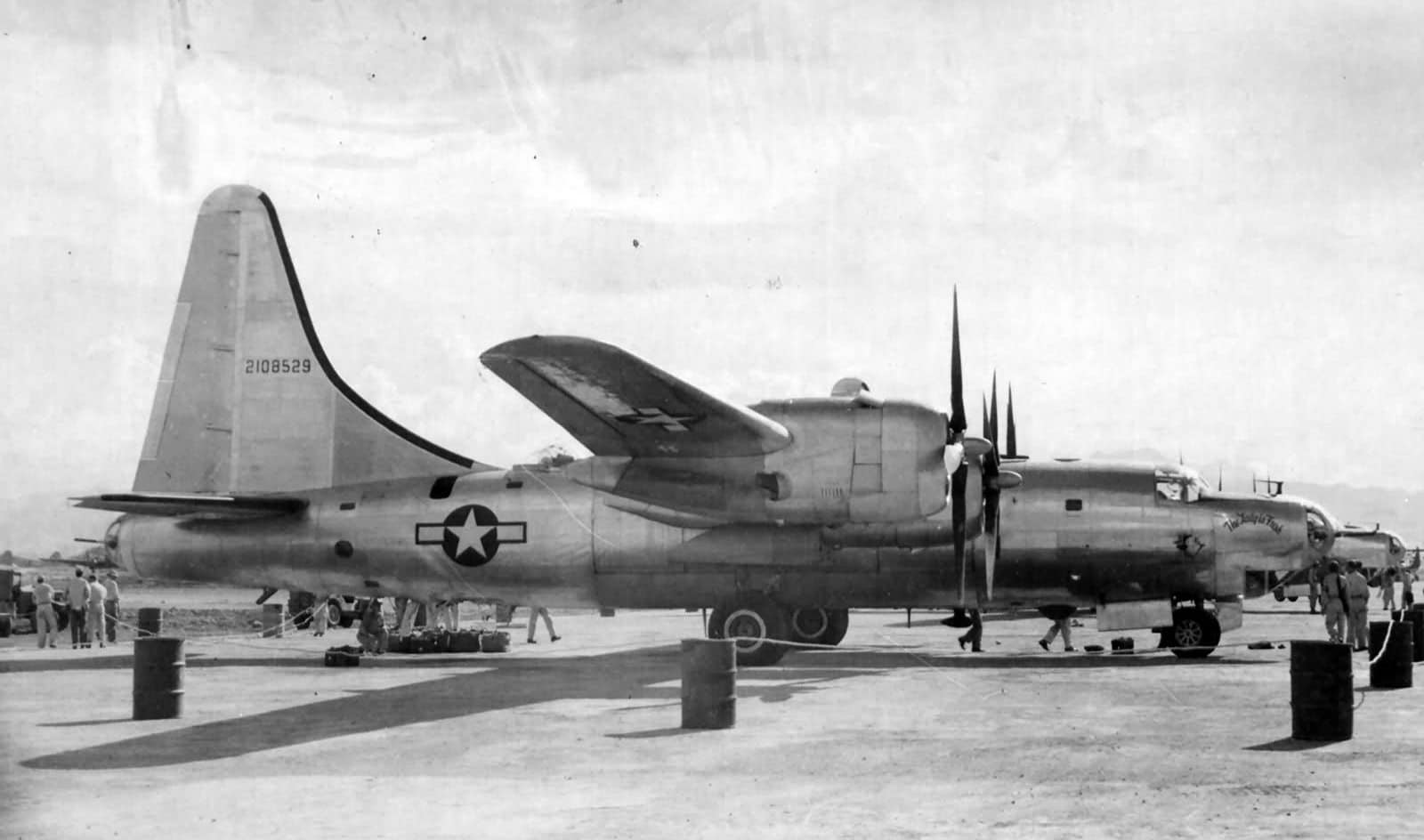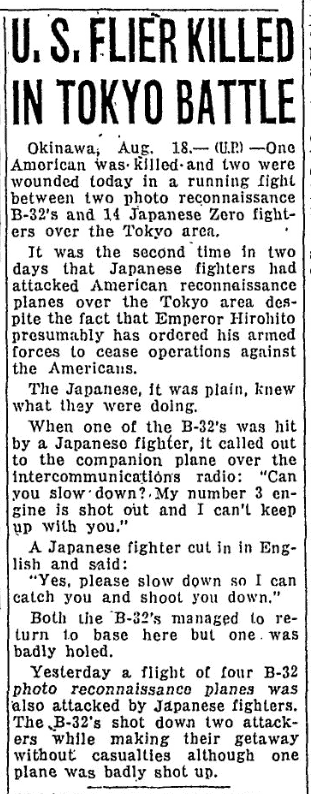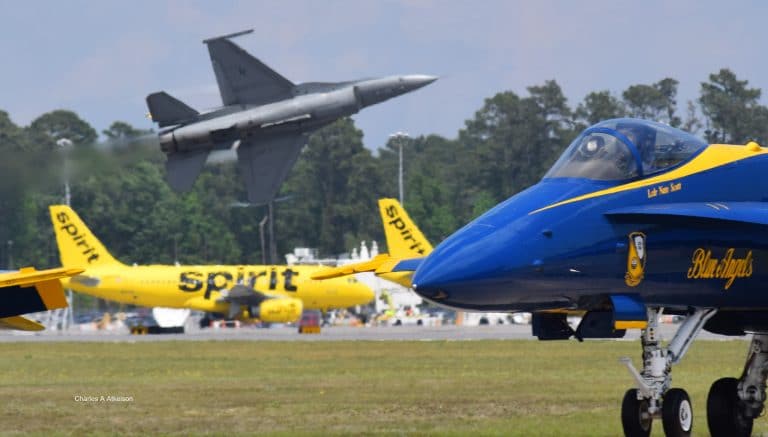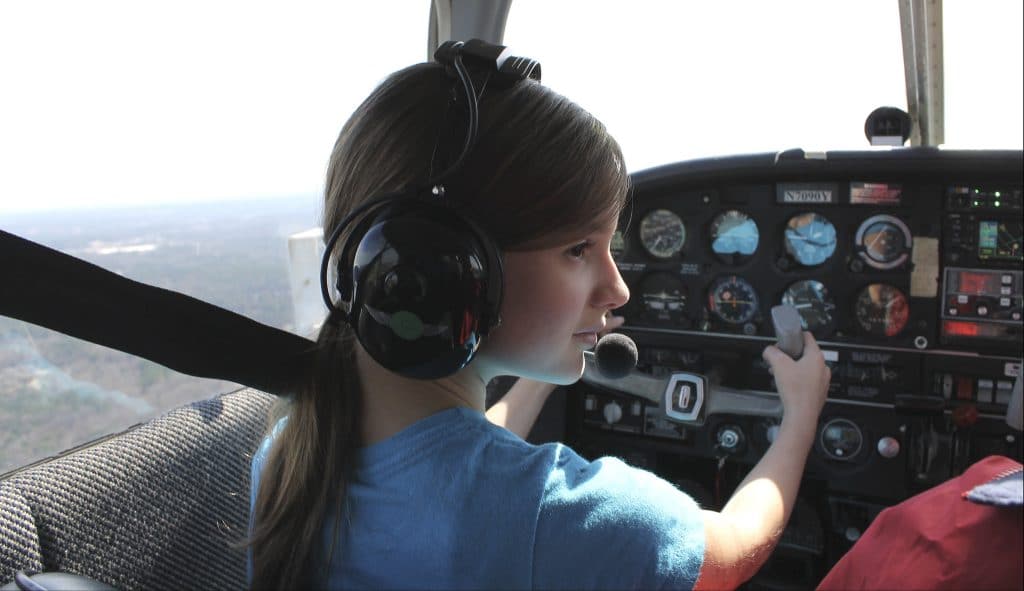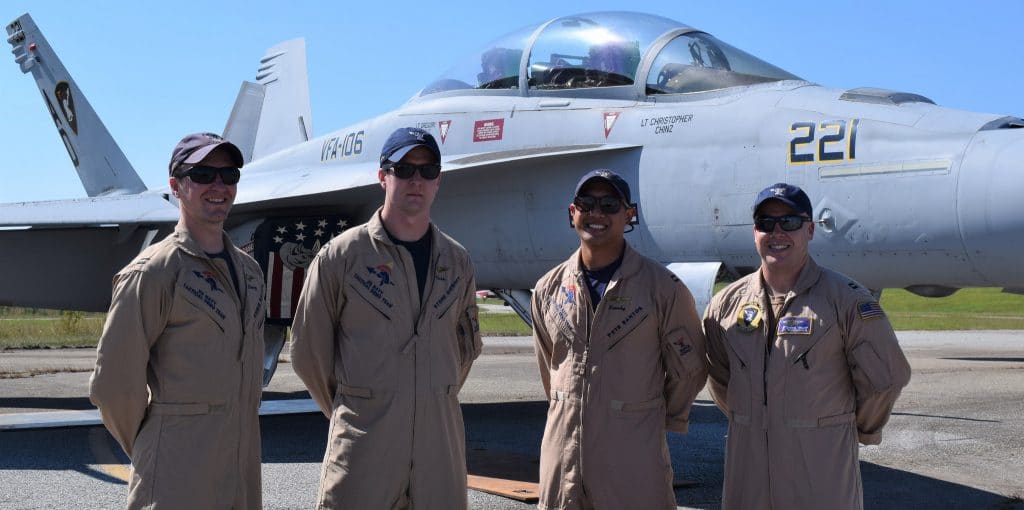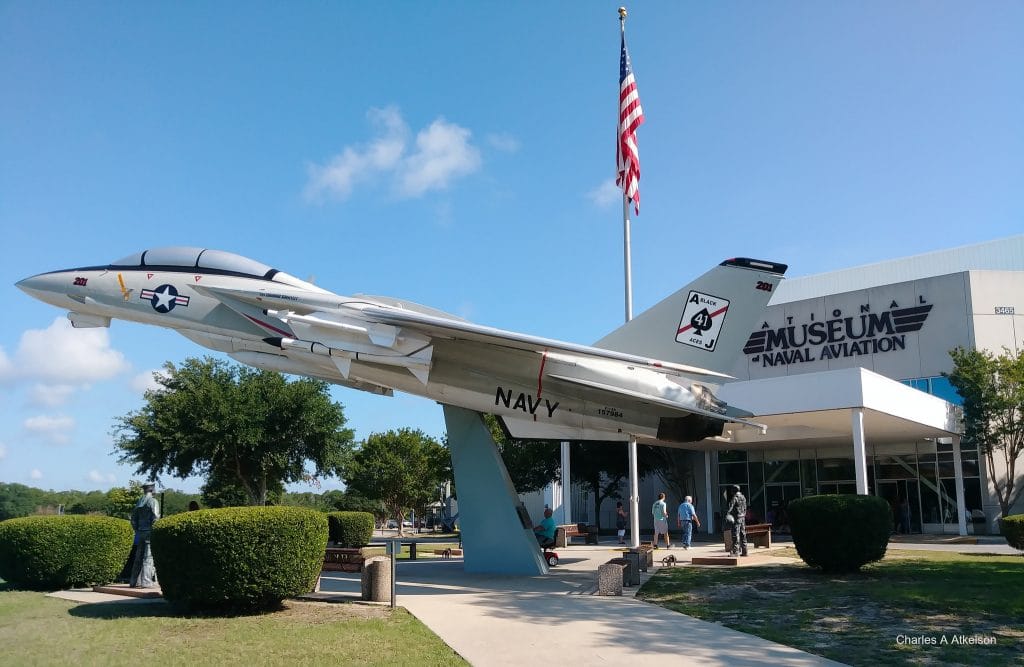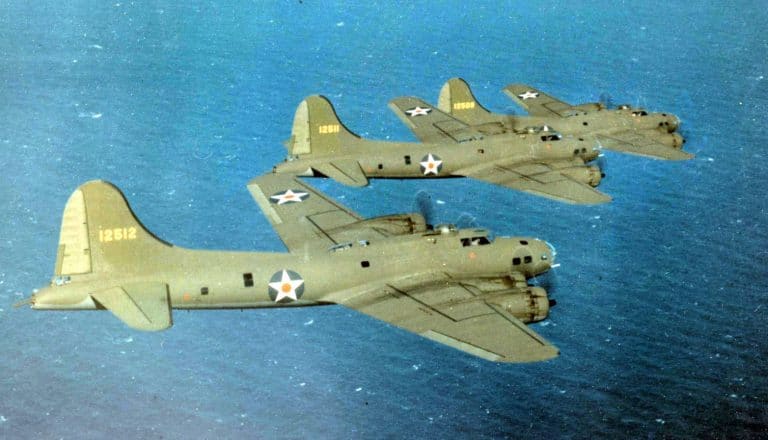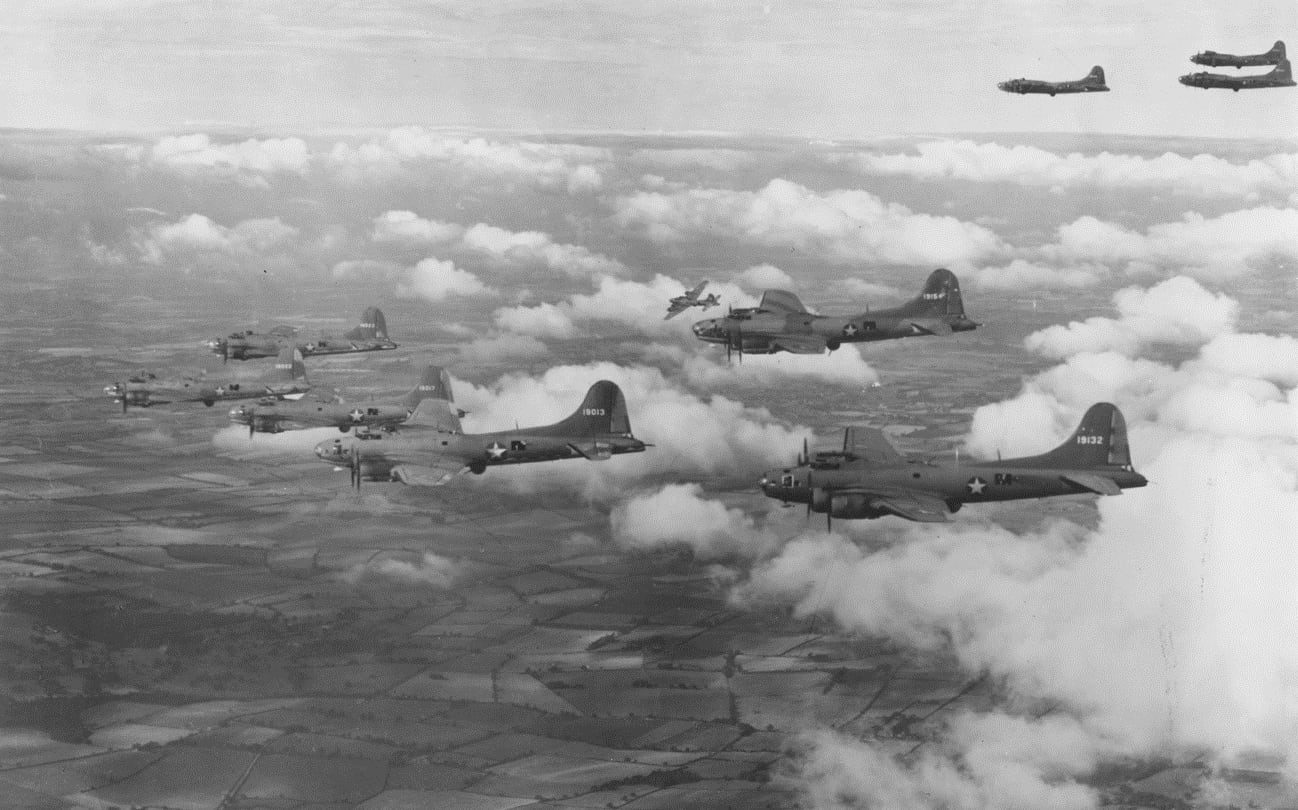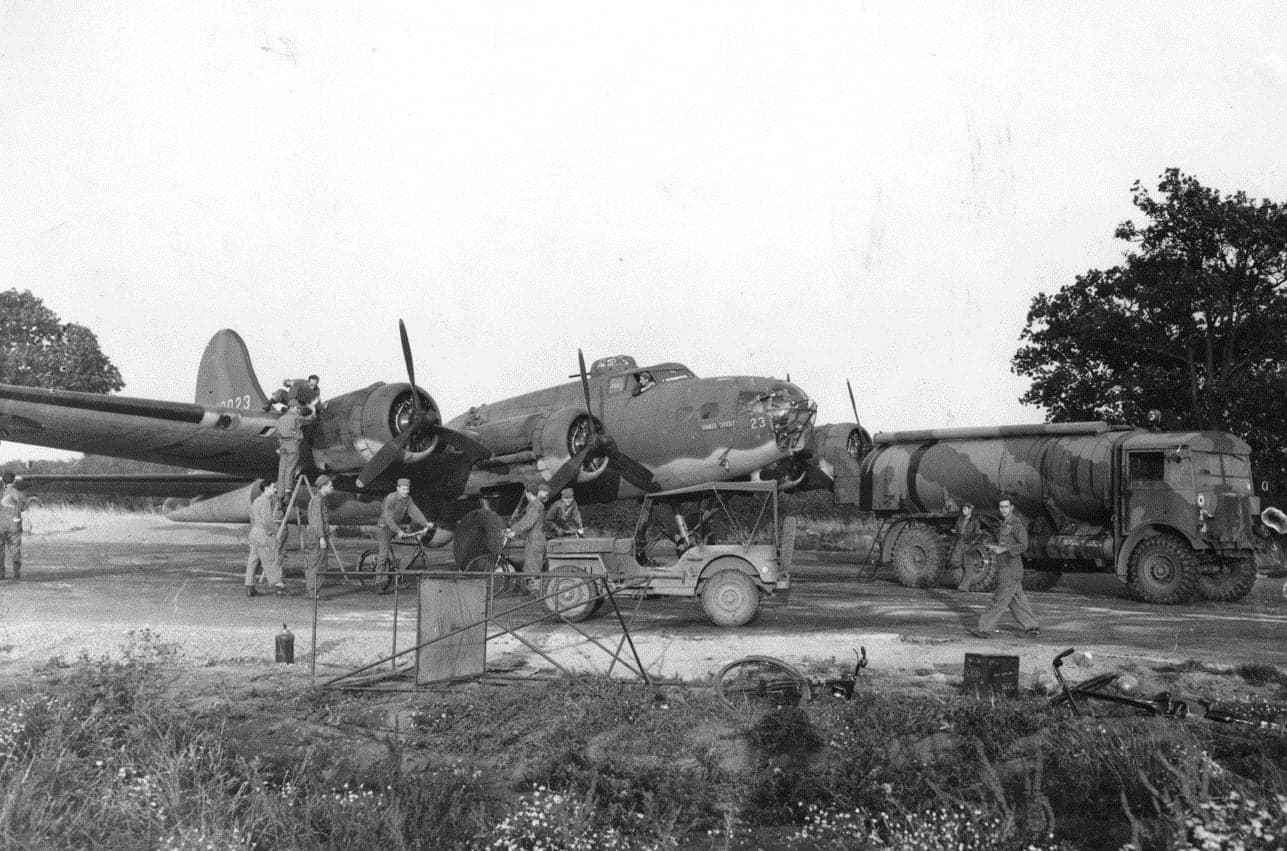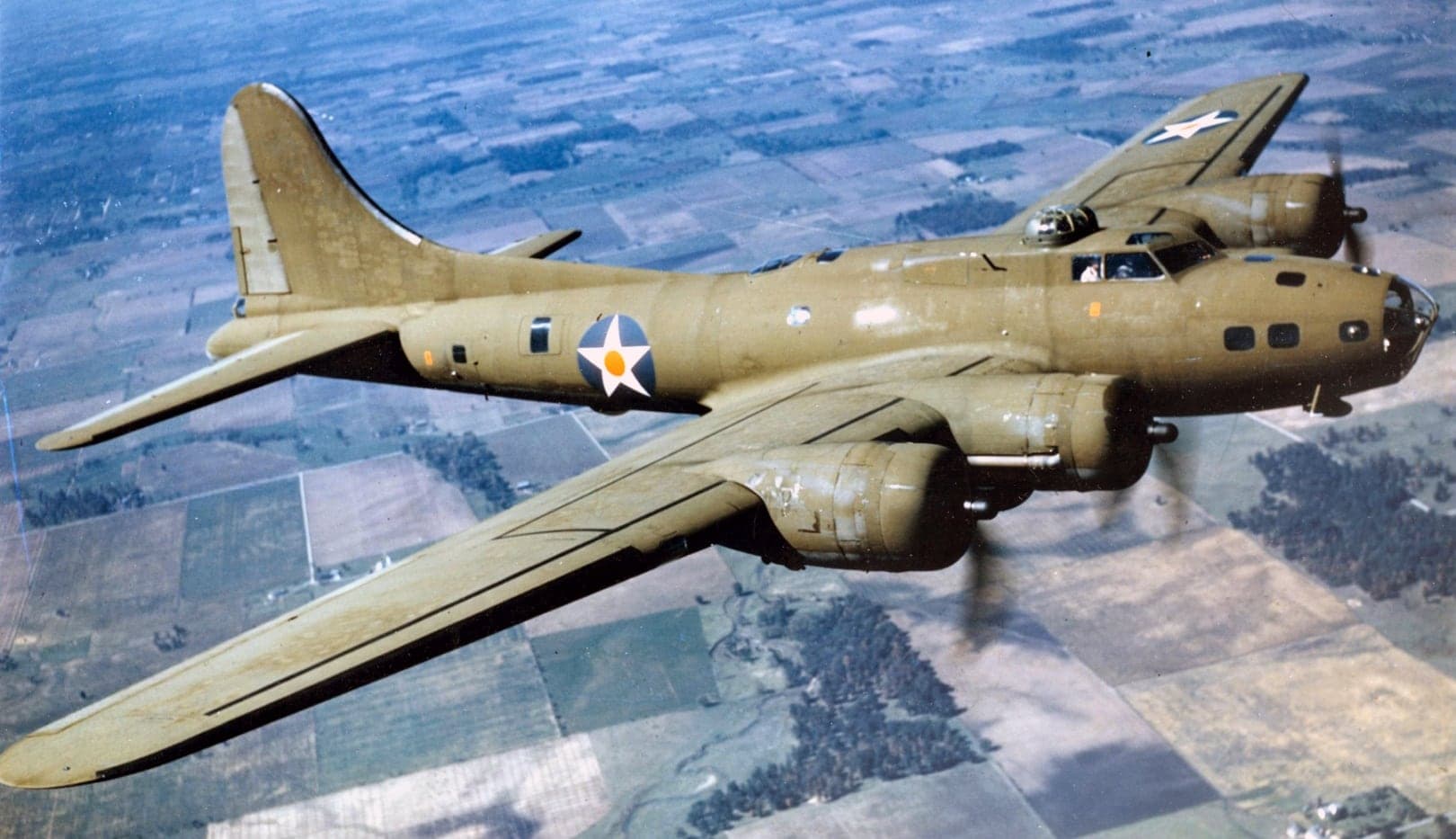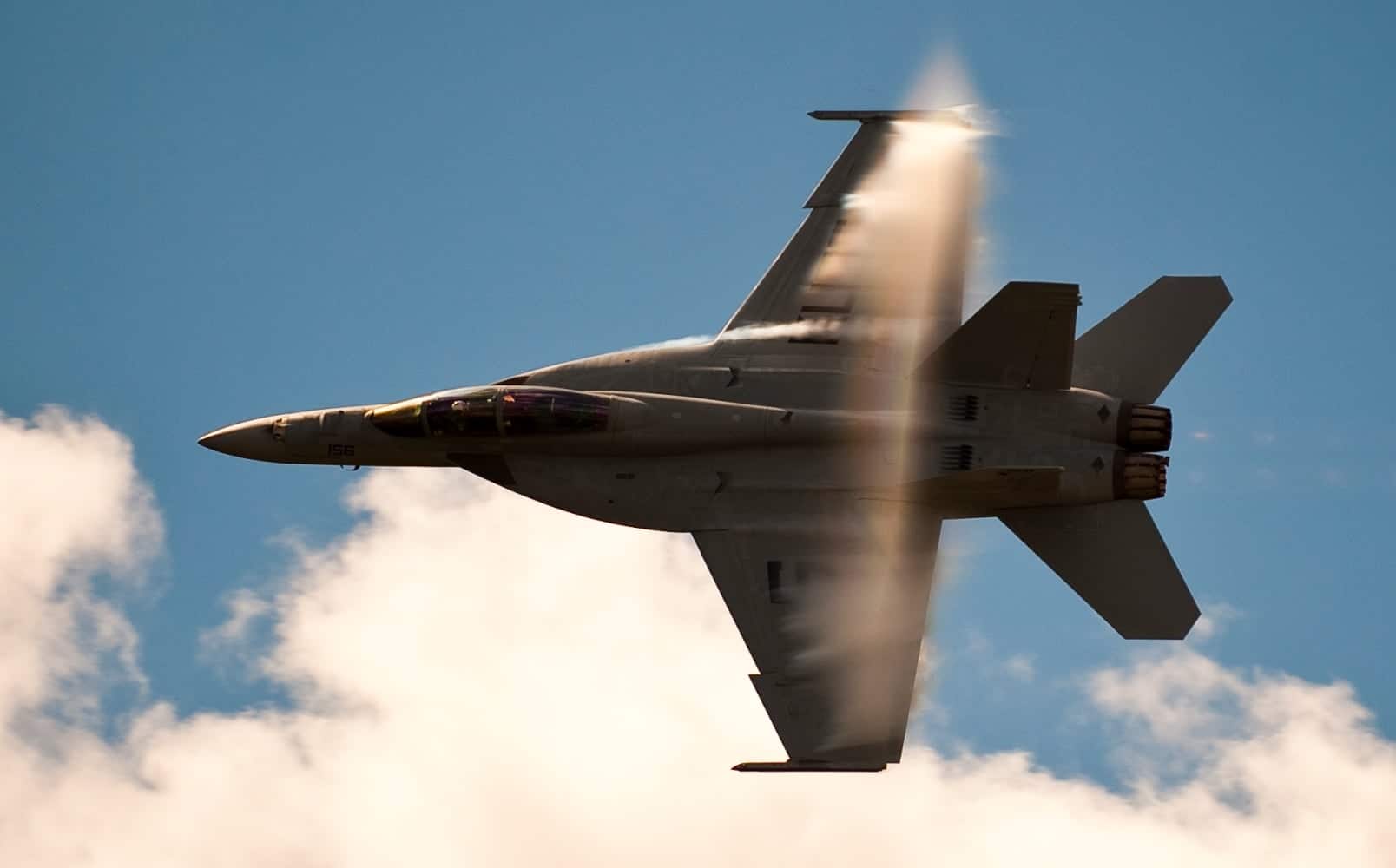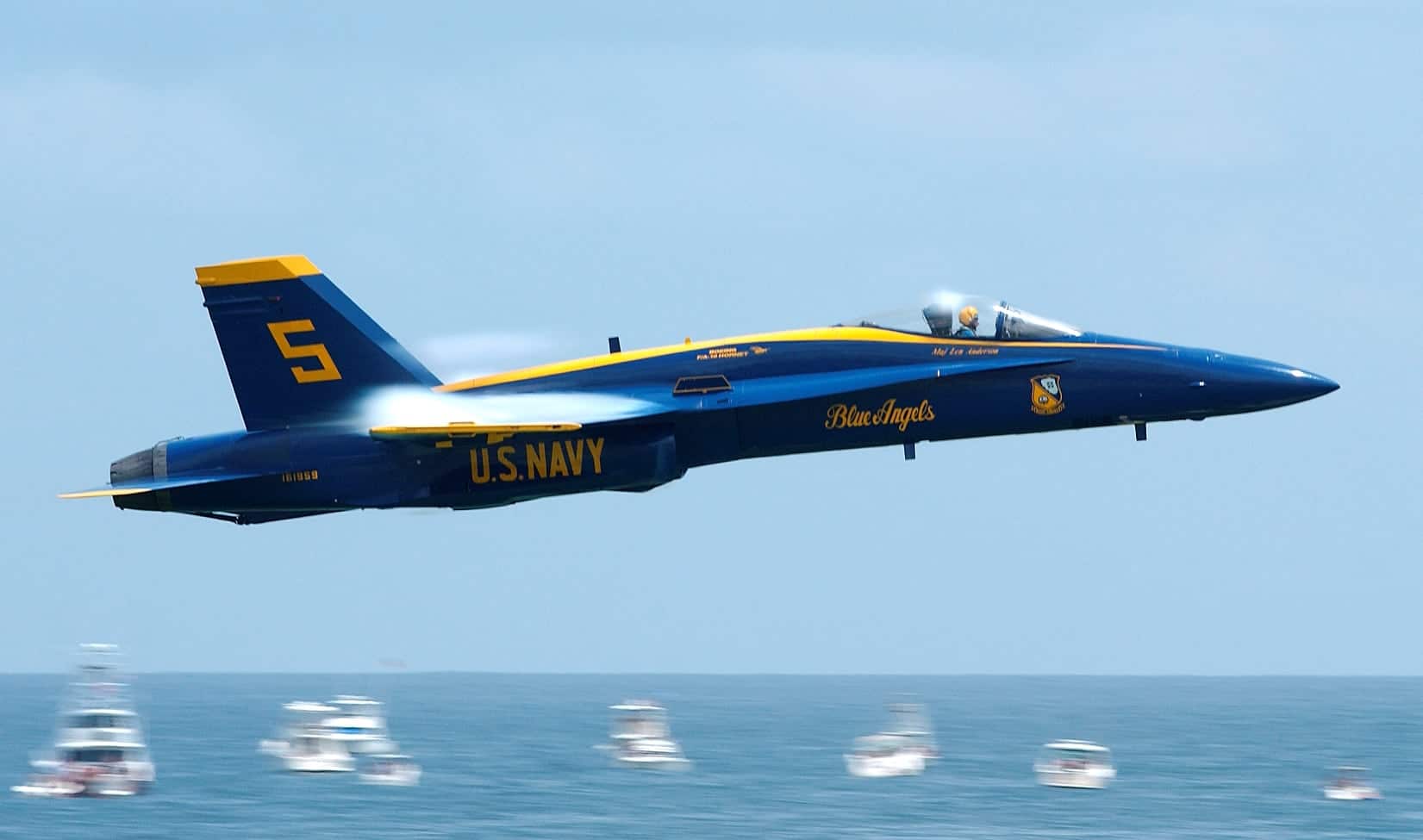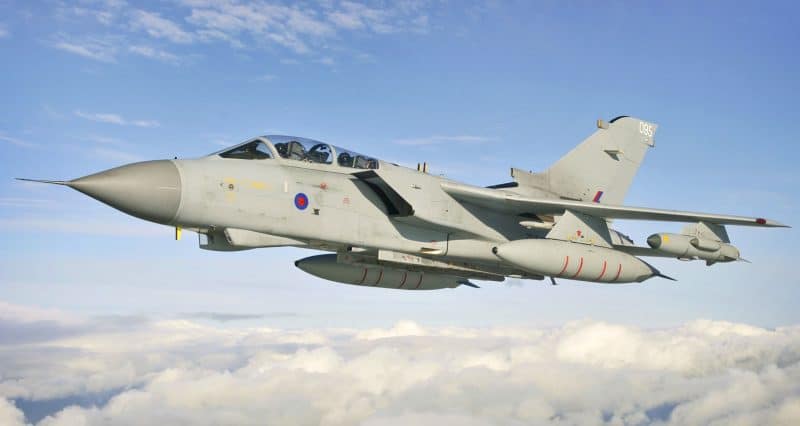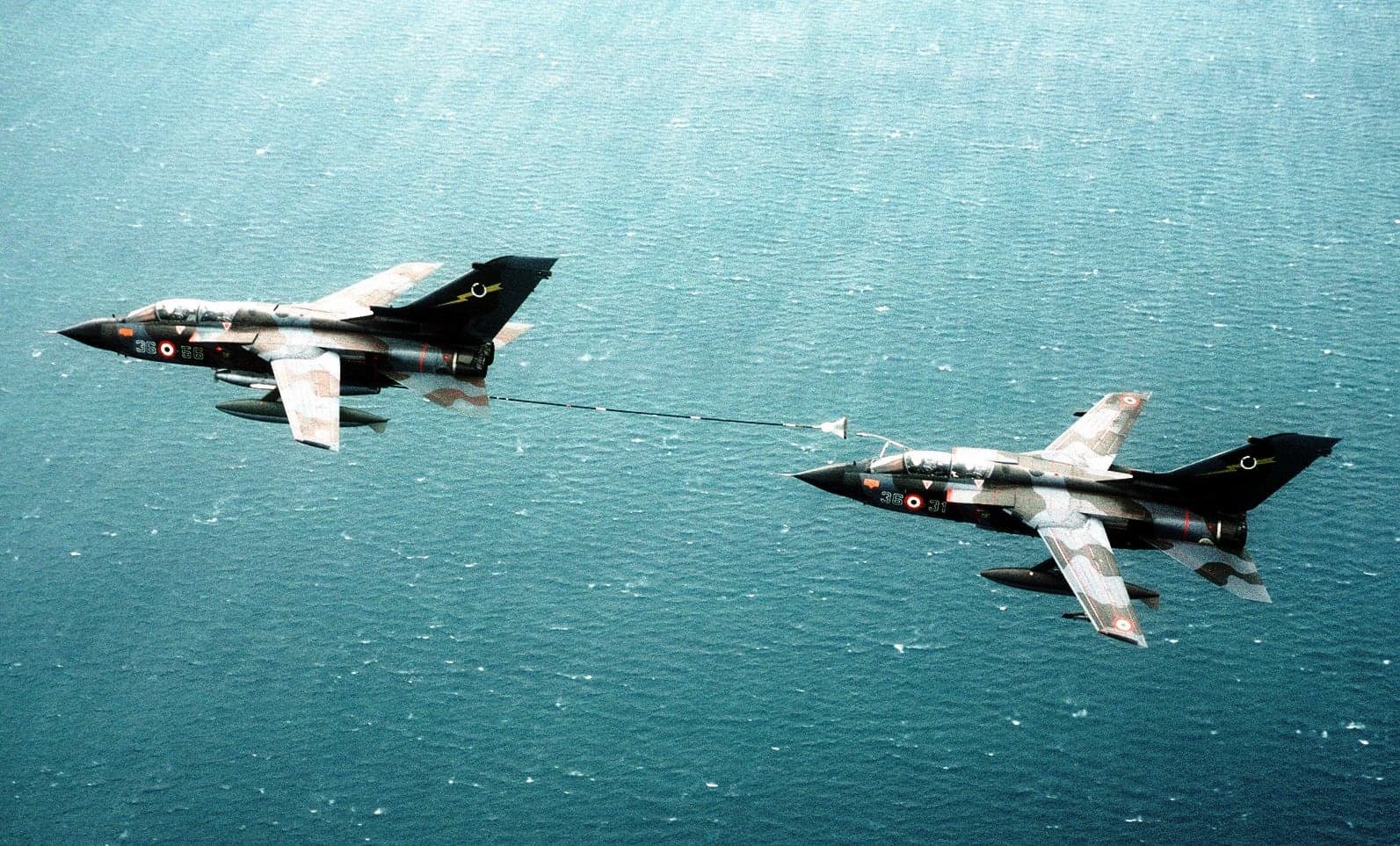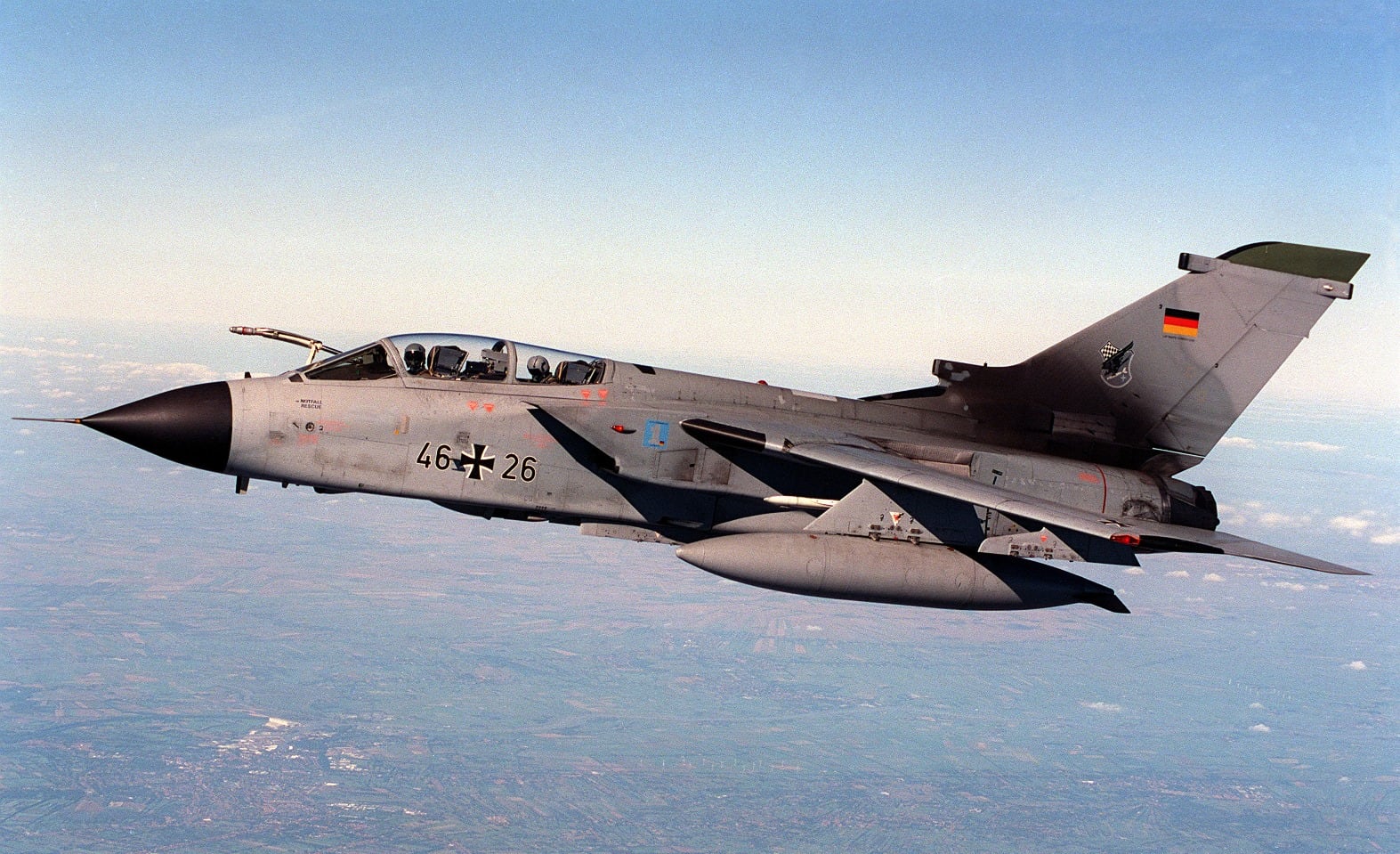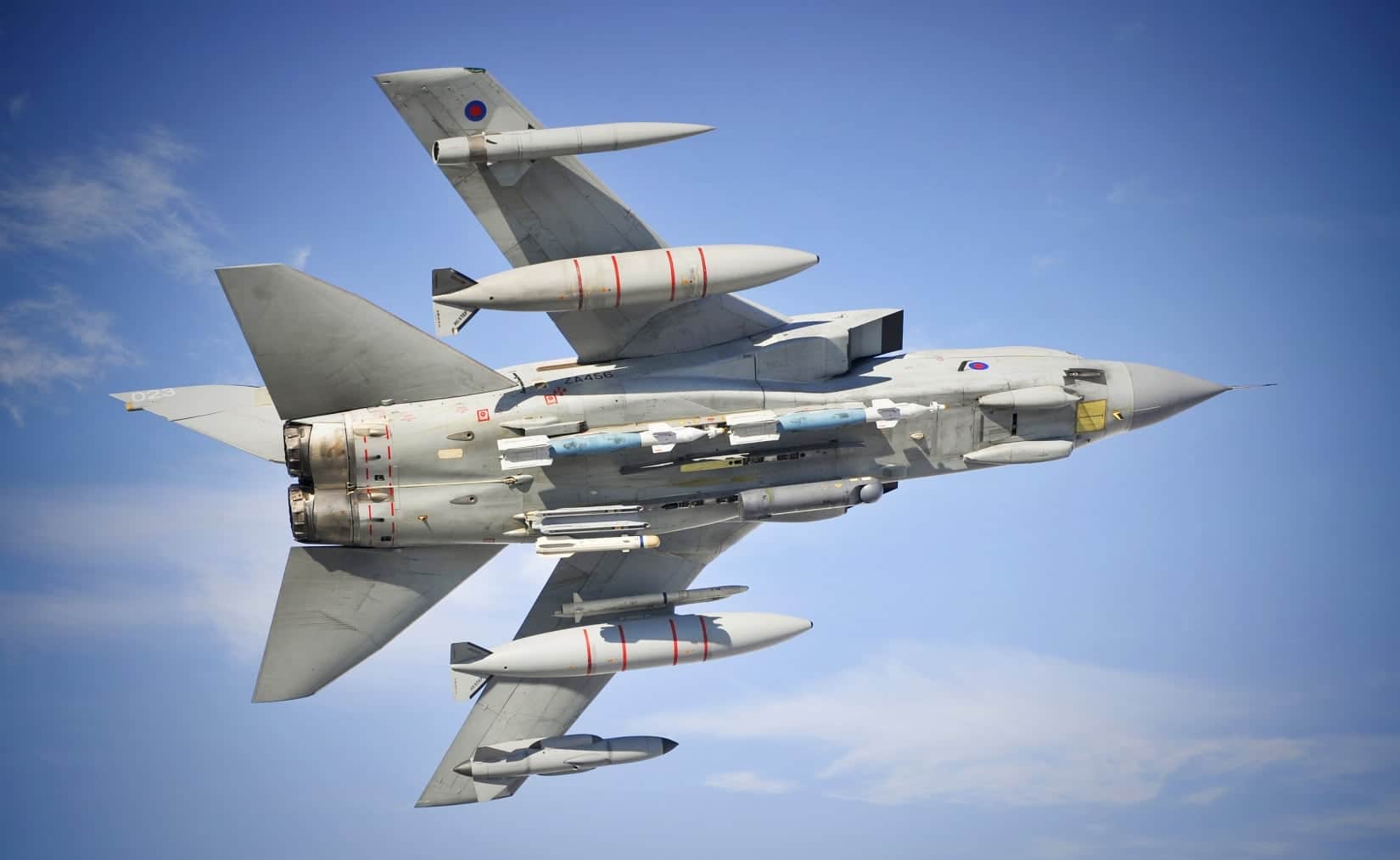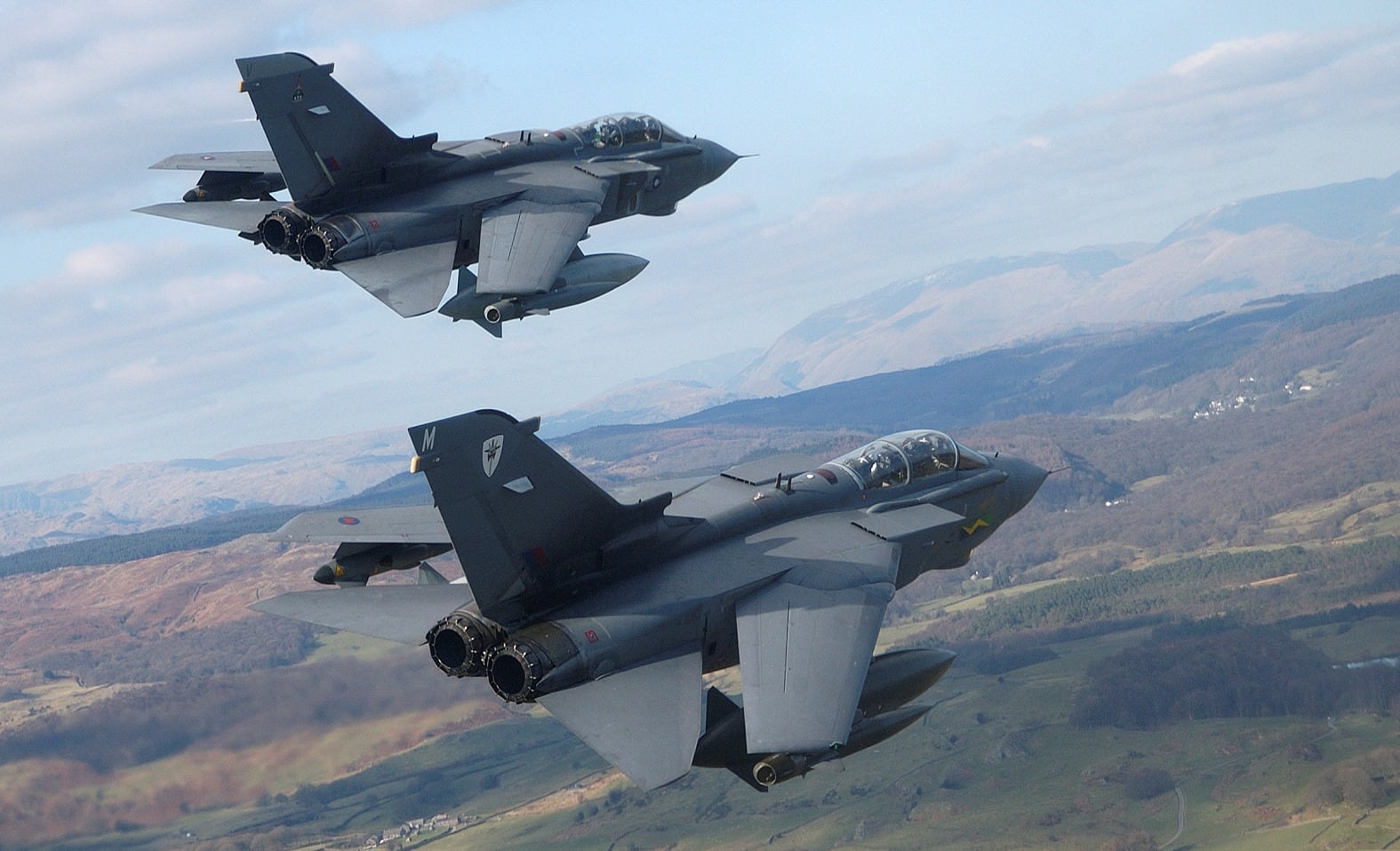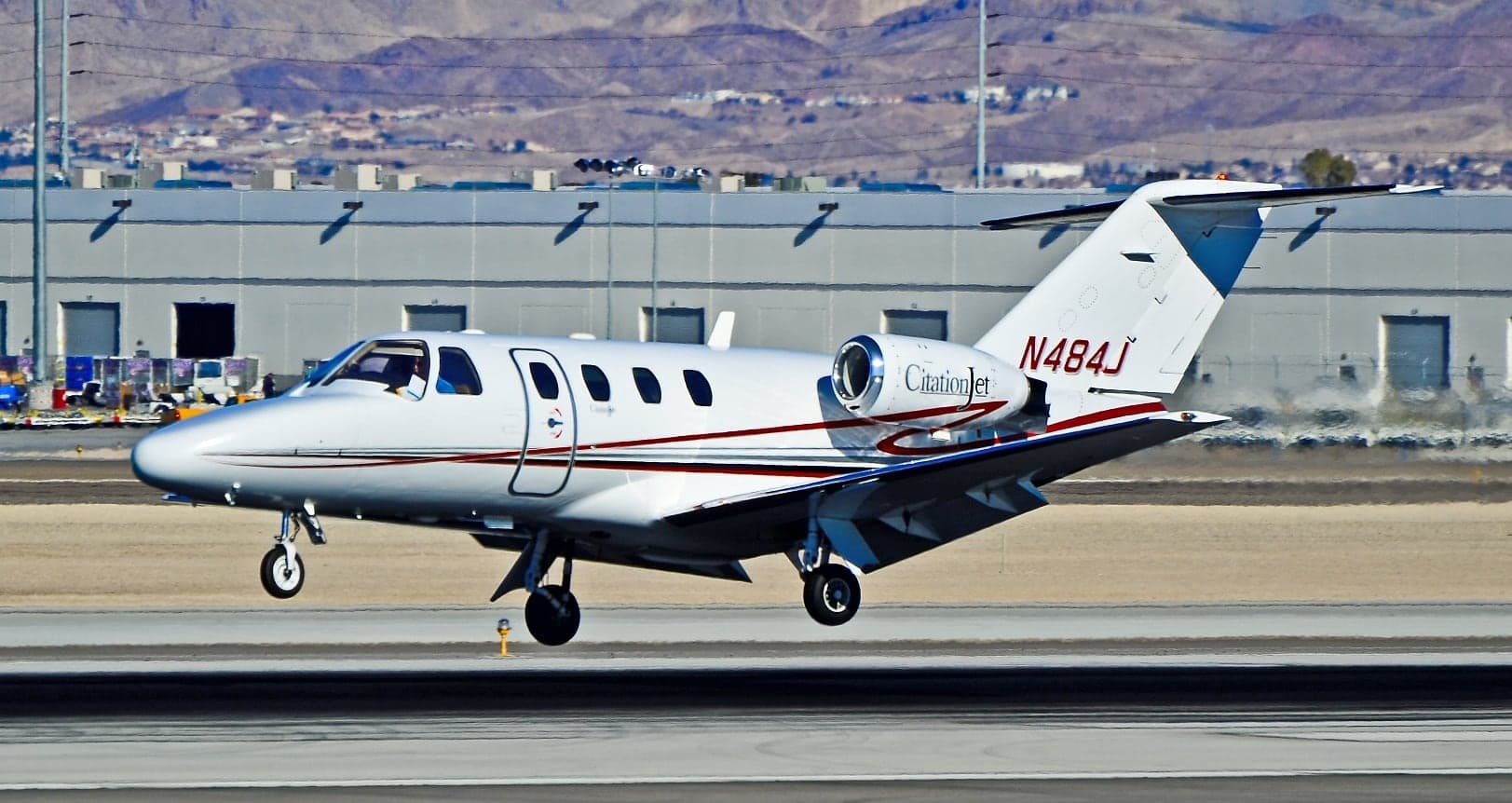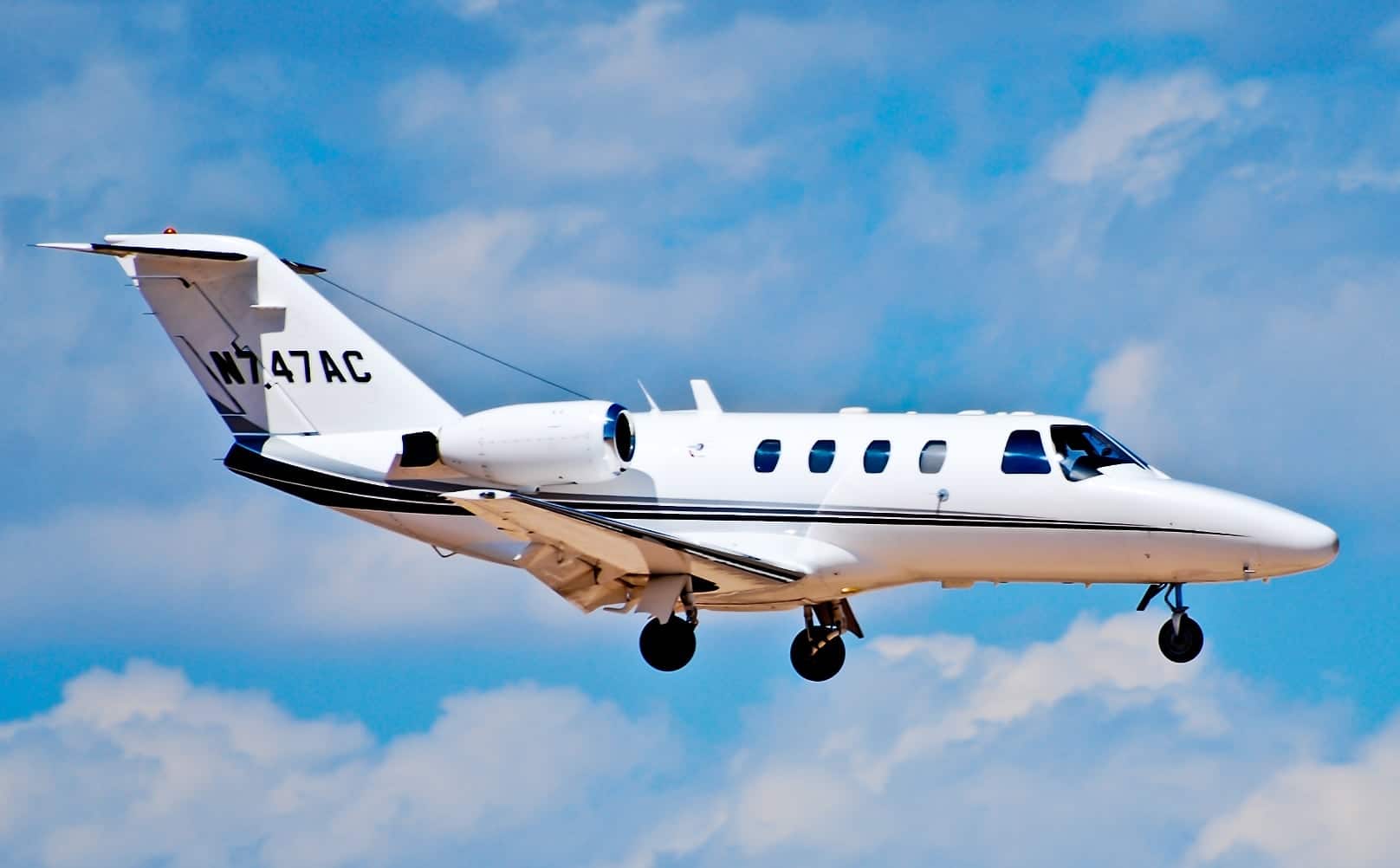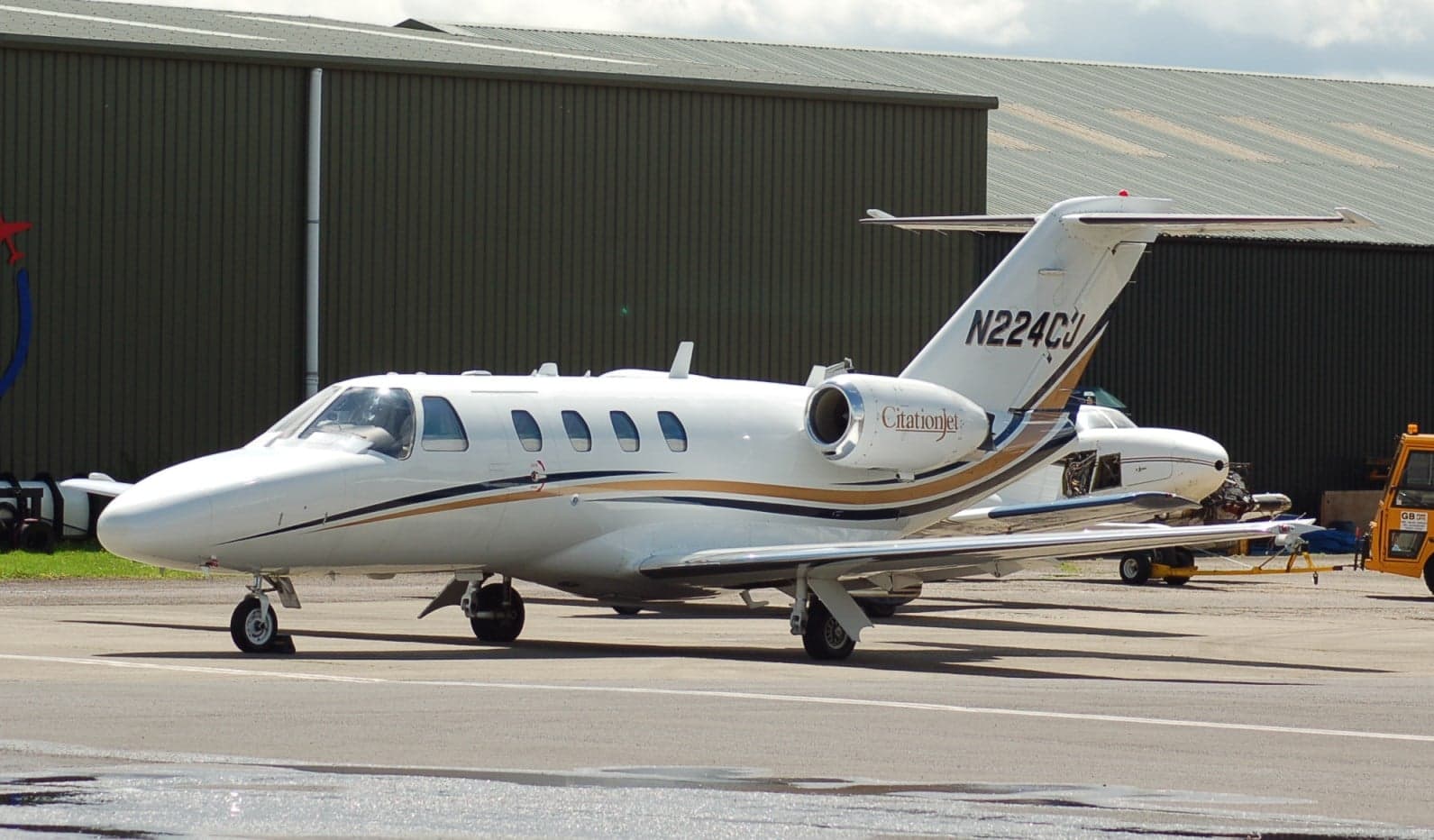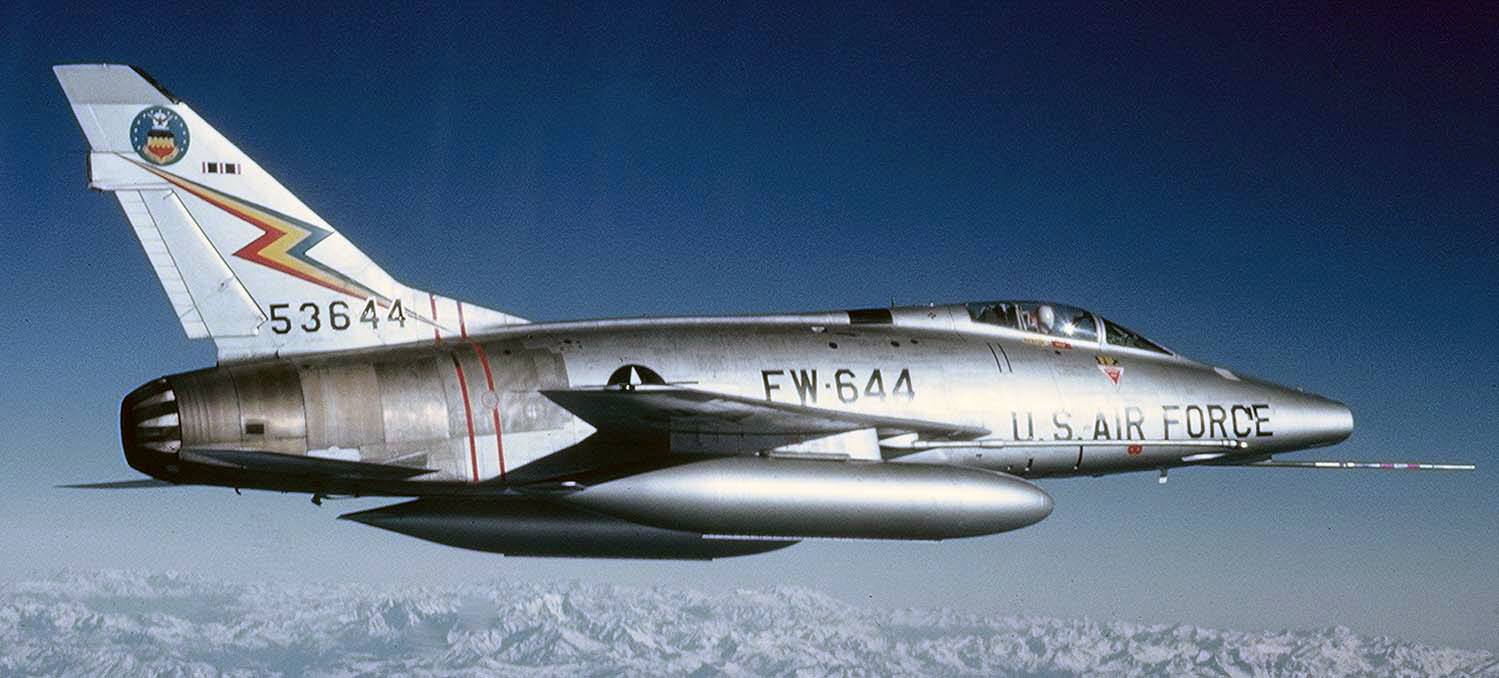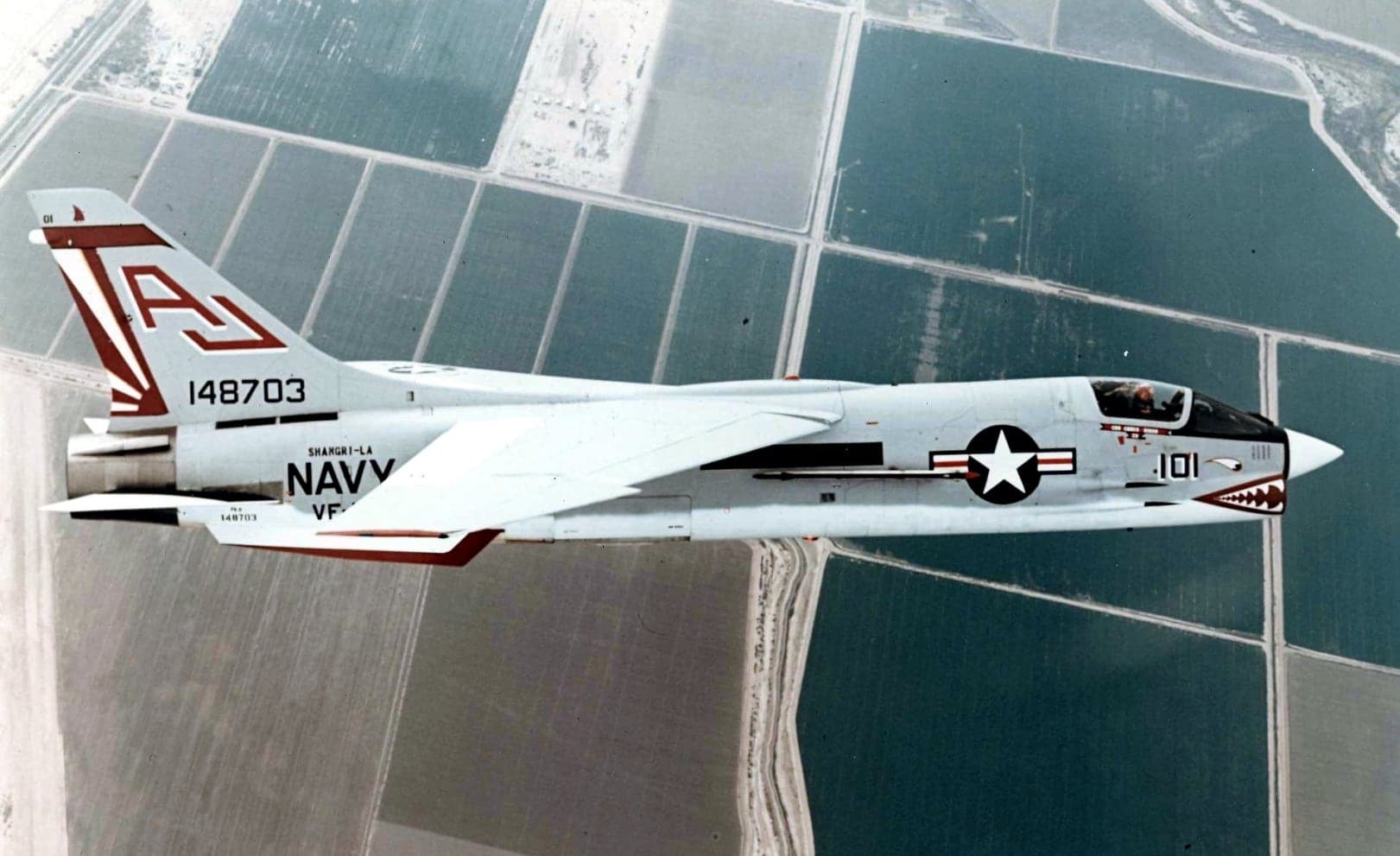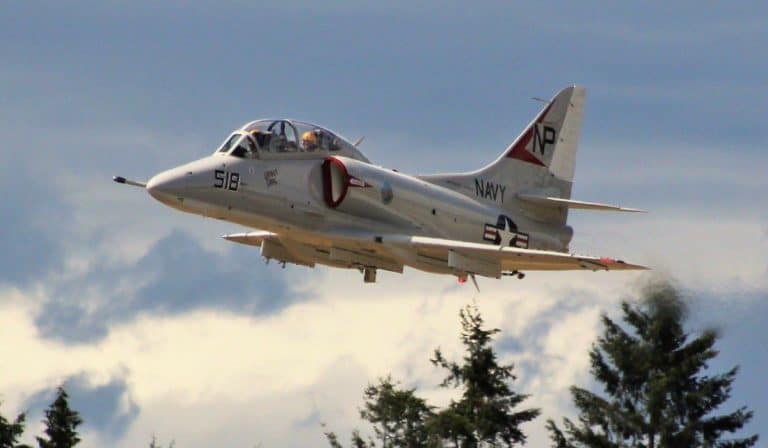The P-8 Has Largely Replaced the P-3, But It’s Unlikely to Match the P-3 Orion Historic Resume
On 19 August 1958 a new Lockheed aircraft flew for the first time. It looked a little bit weird, with a long boom protruding from the tail and wings that seemed too short to support its bulbous fuselage. Powered by four Allison T56 turboprop engines (a winning formula for Lockheed) turning Hamilton Standard 54H60-77 four bladed propellers, the aircraft was derived from a new propliner Lockheed was also developing.
The aircraft was intended to replace both the Lockheed P2V Neptune maritime patrol aircraft and the Martin P5M Marlin patrol flying boat. The propliner would go on to become the L-188 Electra. The patrol aircraft became the P3V-1 Orion.
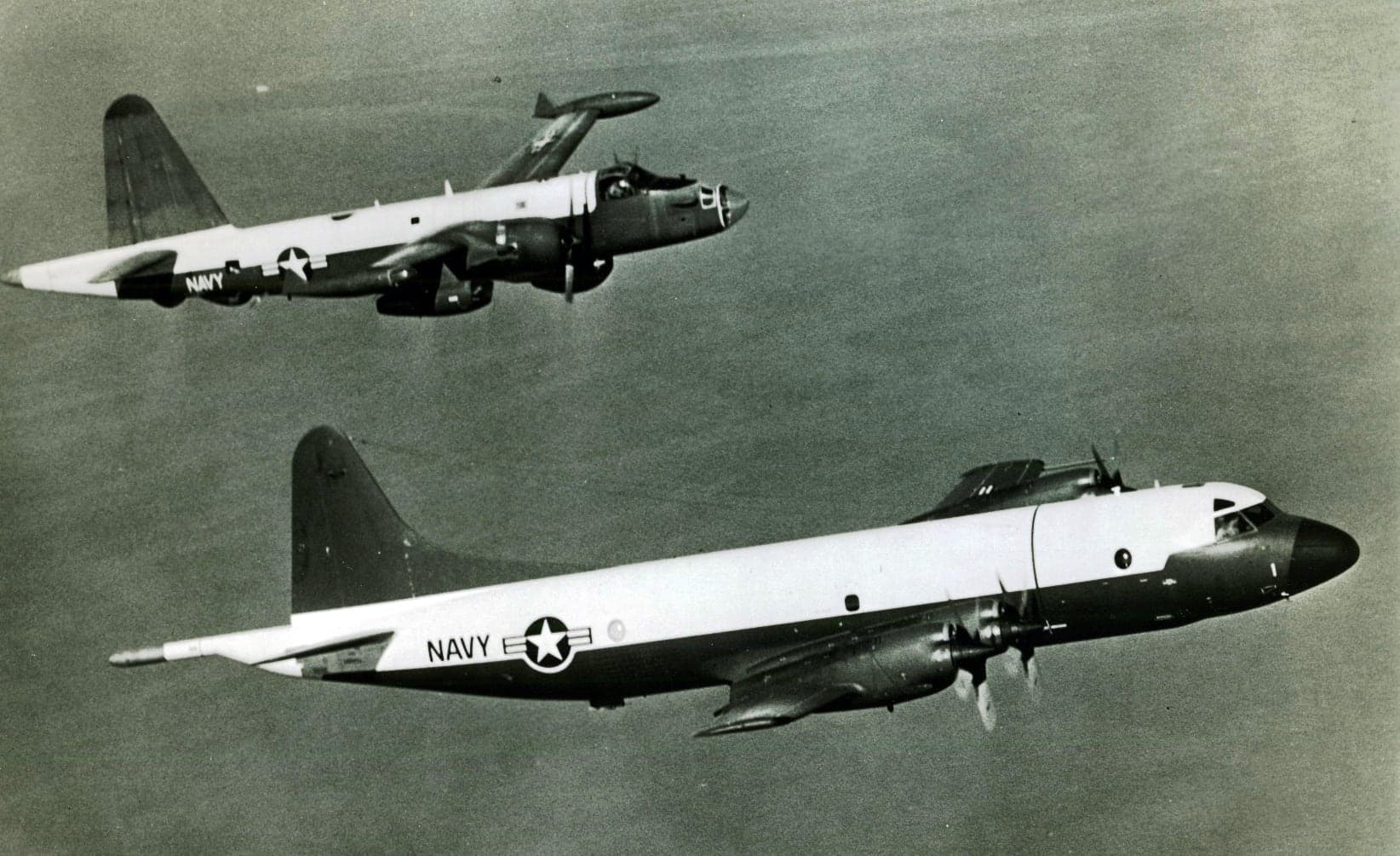
Building a Better Sub Killer
The first YP3V-1 was actually the third L-188 Electra built by Lockheed. Though clearly based on the Electra, the Orion was quite different structurally when the first fully modified prototype flew on 25 November 1959. A shortened forward fuselage with internal bomb bay and underwing pylons for additional weapons were some of the visual cues.
Internally the Orion was beefed up and built to withstand the different stresses of low altitude maneuvering associated with anti-submarine warfare (ASW). The slippery shape of the Orion, along with those powerful T56 engines, helped the Orion to be either one of the, or the outright fastest turboprop aircraft of the day- capable of 411 knots (473 miles per hour). Later in life the P-3C set a few records too.
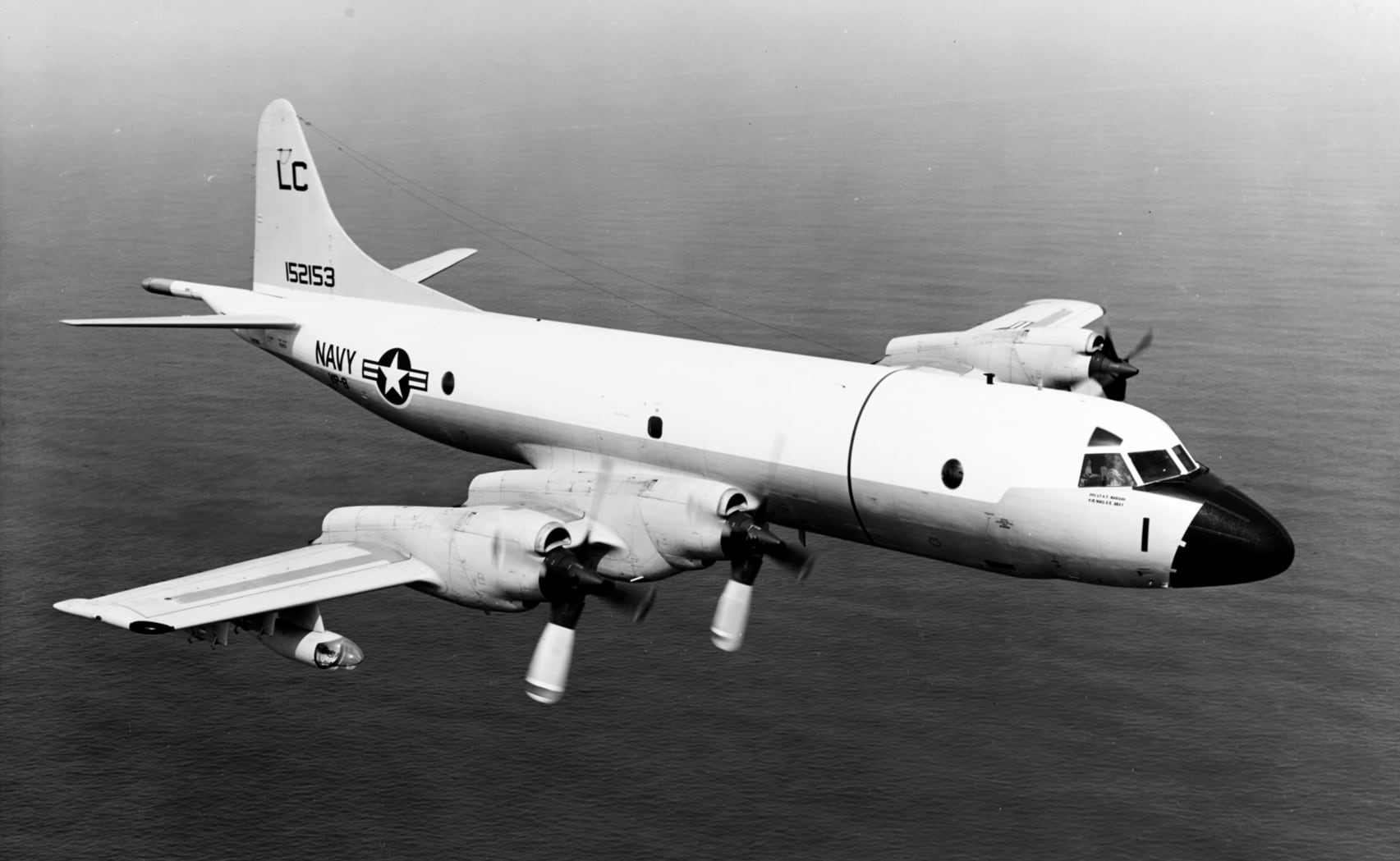
First PATRONs on the Bus
For a short time the P-3 Orion was designated P3V-1. The first production Orion flew on 15 April 1961. During August of 1962, the first squadrons to receive the new patrol aircraft, Patrol Squadron (PATRON) EIGHT (VP-8) Tigers and VP-44 Golden Pelicans, began flying them from Naval Air Station (NAS) Patuxent River where they were based in those days.
When in 1962 the aircraft designation system was overhauled, P3V-1s became P-3As. Some of the first of many missions Orions flew took place during October of 1962 during the Cuban Missile Crisis. VP-8 P-3A Orions flew low-level high-speed blockade patrols over the shipping lanes to and from Cuba. Right from the beginning and still to this day, a major part of the P-3s job was “rigging”, or photographing targets and contacts.

The P-3 Orion: You Call We Haul–Warts and All
Common design characteristics of the anti-submarine/maritime patrol Orion variants include the dorsal internal bomb bay just forward of the wing leading edge for internal stowage of up to eight conventional or nuclear warhead aerial torpedoes or nuclear depth charges, up to ten underwing pylons for carrying various missiles, rockets, mines, bombs, or other ordnance, and the 52 dorsal sonobuoy chutes located just aft of the wing trailing edge.
As P-3 Orions have been upgraded/reworked/reassigned/retasked over their service lives, they have sprouted all manner of lumps, bumps, and blades associated with their various sensor systems and modifications. But all ASW Orions are equipped with the triad of ASW sensors: Radar, Sonar, and MAD.

Winning at Hide and Seek
P-3 Orion radar systems are equipped with both forward and aft radar antennae. The aft antenna is located under the rudder at the base of the tail boom; the forward antenna is mounted in the nose radome. The sonar capability is achieved through sonobuoys which are ejected from the chutes on the underside of the aircraft. MAD, or Magnetic Anomaly Detection, is essentially a magnetometer capable of sensing the change in the earth’s magnetic field (due to the presence of a large metal object- like a submerged submarine) in proximity to the aircraft.
Due to its high sensitivity, the MAD sensor is mounted at the end of that fiberglass tail boom, also called a tail stinger or MAD boom.
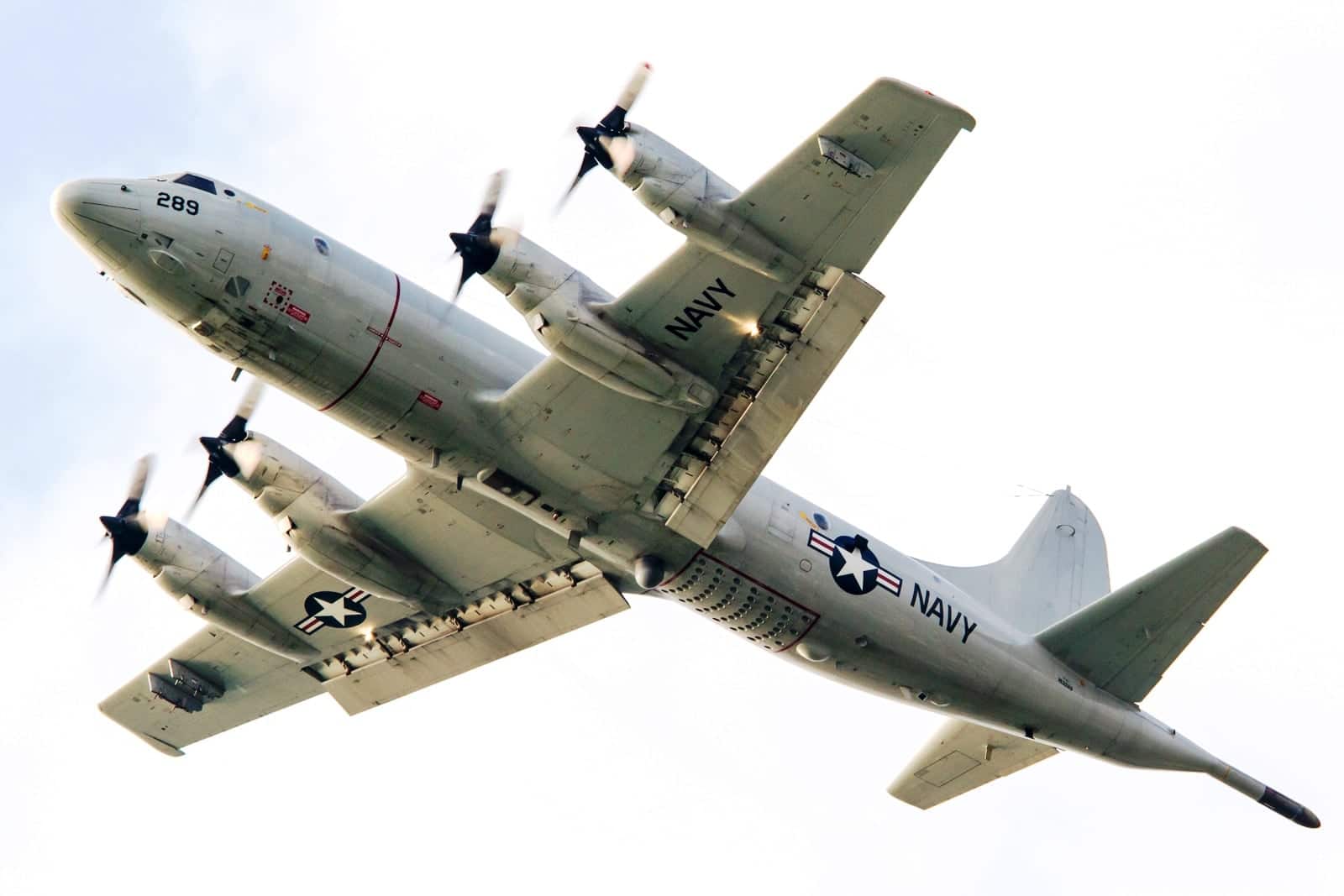
It Takes a Crew, An Aircrew, To Fly The P-3 Orion
Today US Navy P-3 Orion crews generally consist of a pilot (usually the Patrol Plane Commander or PPC), two rotating co-pilots (PP2P and PP3P), and an enlisted flight engineer (FE) on the flight deck.
Back in the “tube” are the tactical coordinator (PPTC or TACCO- sometimes the PPC) and navigator/communicator (PPNC or NAVCOM), both of whom are Naval Flight Officers (NFOs). Also riding in the mission compartment are another enlisted flight engineer (FE) or inflight technician, and three enlisted Aviation Antisubmarine Warfare Operators (AWs) or SENSOs- SS-1 and SS-2 who primarily process data from acoustic sensors (sonobuoys) and SS-3 who processes data from radar, MAD, the Forward Looking Infrared (FLIR) mounted in a retractable turret under the nose radome, and other specialized sensors. Depending on mission parameters crews, crew sizes and compositions often vary. Nominally a combat aircrew consists of 11 personnel.
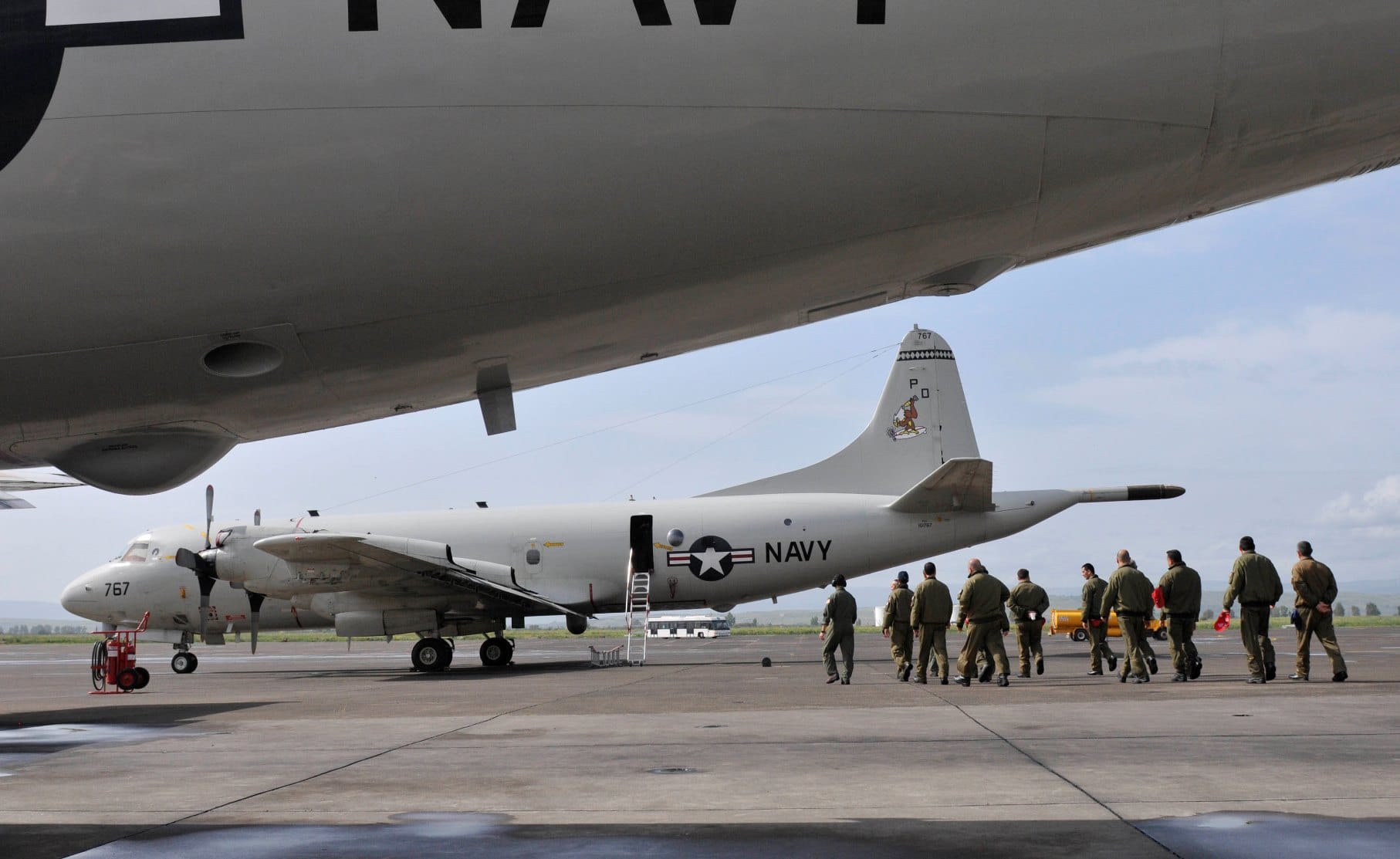
Doing the Job All Over the World
Widely recognized as one of the aircraft that won the Cold War thanks to dogged determination, P-3s tracked Soviet submarines all over the world. One famous quote supposedly uttered by a high-ranking Soviet Naval officer during the days of serious ASW goes something like, “I always know where my submarines are. I look at where the P-3 Orions are flying and that tells me where my submarines are.”
Though usually based at continental US (CONUS) locations such as NAS Jacksonville (Jax) in Florida, NAS Brunswick in Maine, NAS Moffett Field in California, NAS Whidbey Island in Washington state, or even NAS Barbers Point in Hawaii, P-3s also far too often deployed to such garden spots as chilly Keflavik in Iceland (Kef), Sigonella in Sicily (Sig), Diego Garcia (Dodge) in the Indian Ocean, Rota in Spain, Lajes in the Azores, desolate Adak in Alaska, hostile Guantanamo Bay in Cuba (Gitmo), and bases in the Philippines, Japan, Southwest Asia, South America, Africa, and most other places you wouldn’t expect to see them. Their primary tasks: Antisubmarine Warfare (ASW), Anti Surface Warfare (ASuW), and Intelligence, Surveillance, and Reconnaissance (ISR).
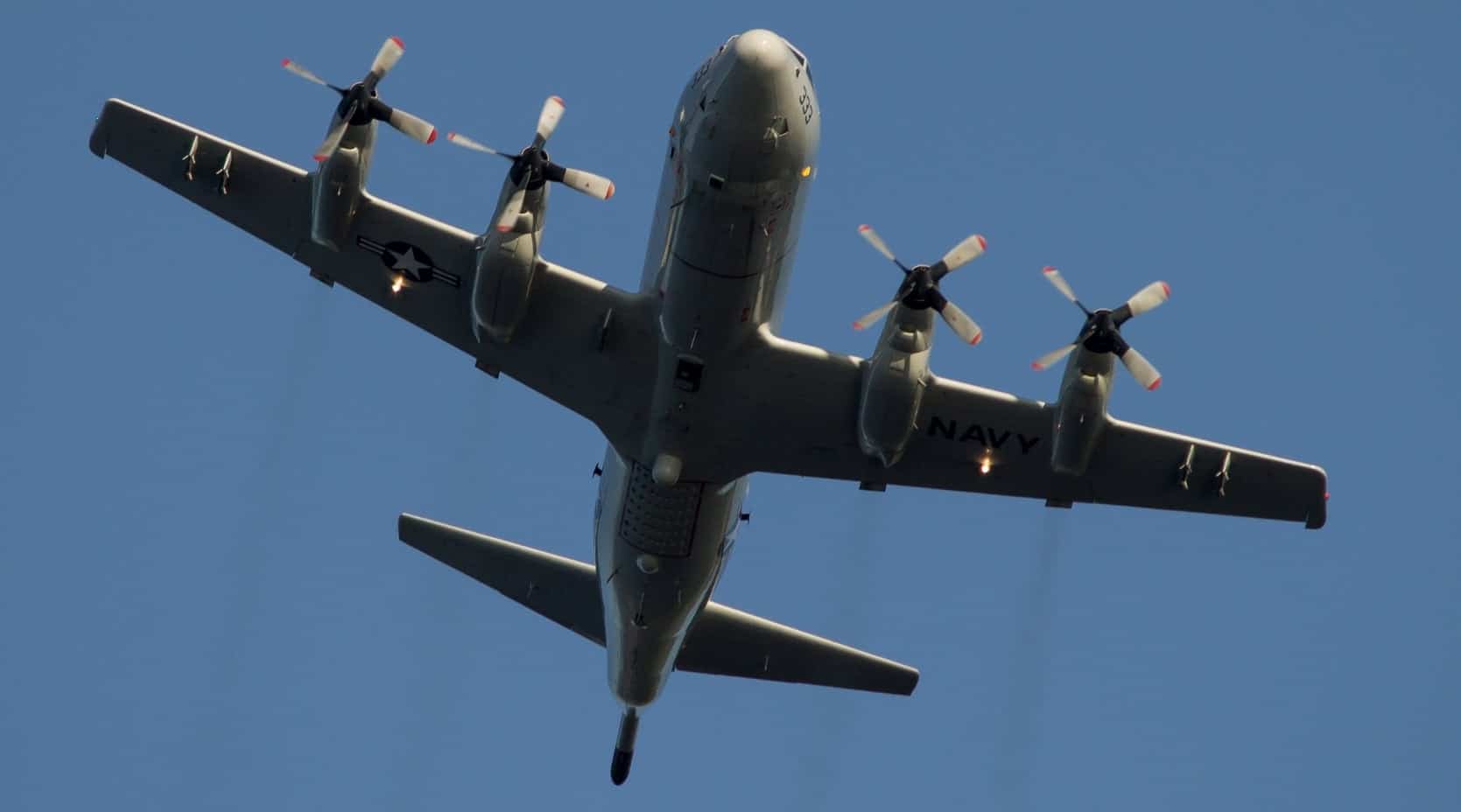
Training Those Many Magic Makers
During those dangerous Cold War years, the Navy could count on as many as 24 VP squadrons and another 13 Naval Reserve squadrons scattered around the country to keep tabs on RedFleet targets (or submarines as others called them). Those Reserve squadrons also deployed to the aforementioned garden spots.
A couple of shadowy special projects squadrons kept people guessing and antisubmarine warfare development units existed on both coasts. At one time (pretty much the 1980s) so many AWs were graduating from schools at NATTC Memphis and NAS Pensacola that the Navy maintained two Fleet Replacement Squadrons (FRSs) or RAGs to get them up to fleet speed- VP-30 Pro’s Nest on the east Coast at Jax and VP-31 Genies on the West coast at Moffett. When asked by their friends and families how they tracked all those RedFleet targets during their 12 hour long missions, their reply was often delivered with a deadpan look or just a wink- FM. Foxtrot Mike. F*cking Magic.

We Never Seem to Learn
When the Cold War ended, seemingly overnight the oceans permanently emptied themselves of submarine threats (or at least that’s what some thought), which resulted in the wholesale gutting of the finest antisubmarine warfare force ever assembled. The patrol squadrons (PatRons) and their parent command patrol wings (PatWings) were reduced by more than 50% within a few years.
The AW rate was eliminated. Not willing to turn backs on the threat entirely, the damage was nonetheless done. But P-3s still found work. Need to find a narco-sub moving tons of coke? Orions are marked on top. How about finding a missing sailor who’s been out of contact for days or months without food or water- the proverbial needle in a haystack? A P-3 can and will locate him. Need to keep an eye on that leaky border to the south? A P-3 makes a great watchdog.

You Don’t Need to Know Where the P-3 Orions Are
P-3s came in three basic flavors- P-3A (1962), P-3B (1965), and P-3C (1969), but there were more than 40 different variants/updates/service life extentions of the 650 Orions built by Lockheed. In fact P-3Cs received so many updates they ran out of Roman numerals for them and went to acronyms. The last P-3 came off the production line at the Lockheed plant in April of 1990. Kawasaki built 107 more of them for the Japanese.
P-3s were modified to carry airborne early warning search radar systems, specialized tracking radars and sensors for missile test tracking, weather reconnaissance equipment for hurricane hunting, and specialized sensor suites for customs border protection. That doesn’t count the various special projects/special missions Orions. They’ve been seen with the Littoral Surveillance Radar System (LSRS) bolted to the undersides of them, been used as over-the-horizon targeting Outlaw Hunter aircraft, as eyes-in-the-sky for troops in contact or about to be on the ground in bad places, and certainly for lots of shadowy black don’t-ask stuff that nobody you know will acknowledge.
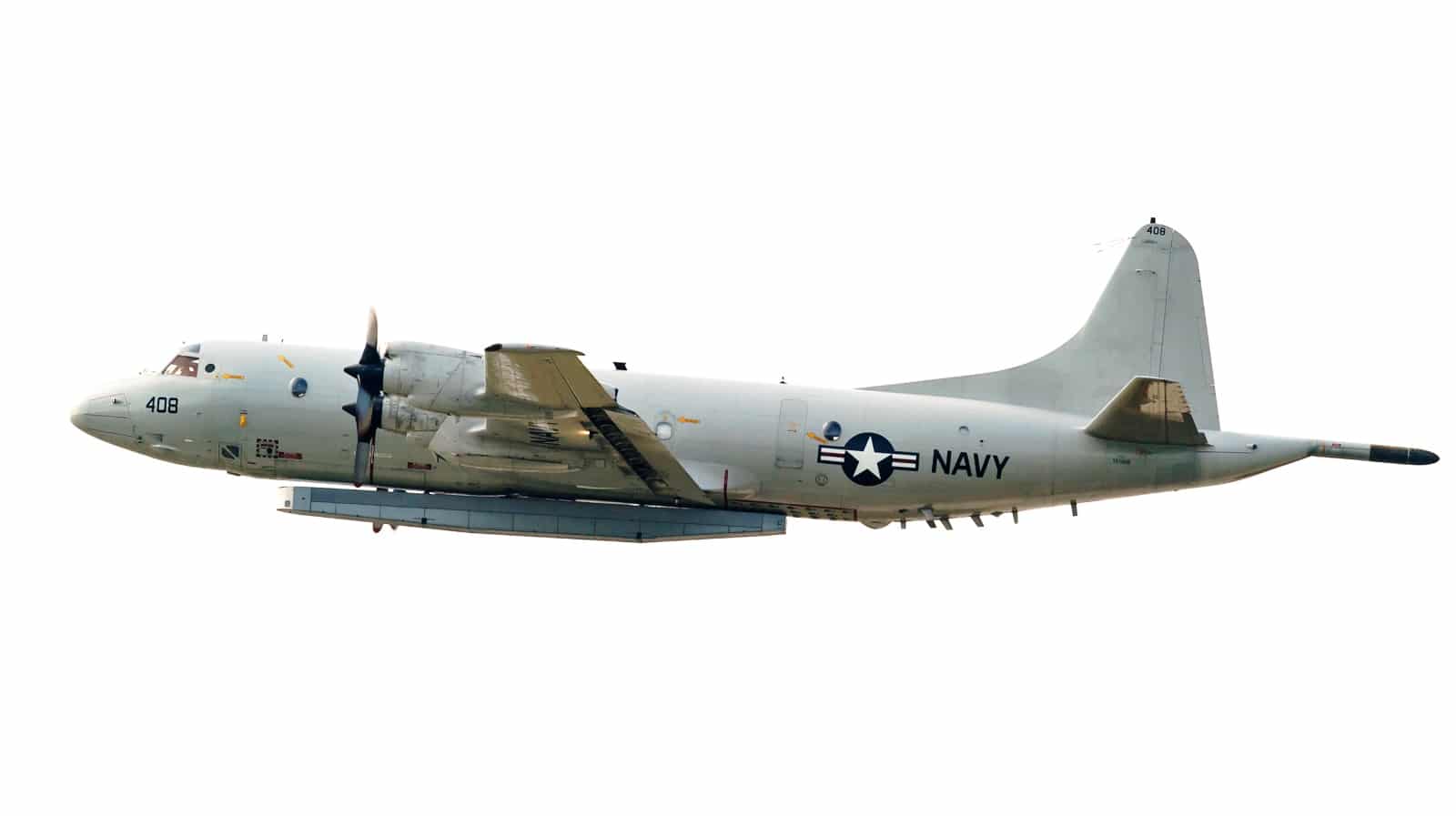
Combat Aircrews to the Fore
Combat for the Orion began during the Vietnam War. The first P-3s made it to Vietnam during 1964 and they stayed for the duration, doing their best to stop seaborne supply of VC forces as part of Operation Market Time. VP-26 Tridents lost two aircraft with all crew members to AAA over the Gulf of Thailand. P-3s began their “decade in the desert” during Desert Shield and Desert Storm when they deployed to Southwest Asia within days and flew missions there throughout the campaign.
P-3 Orions directed attacks on both sea and land targets, targeting more than half of the Iraqi vessels destroyed during the conflict. The War in Afghanistan also saw P-3 Orions flying surveillance and reconnaissance missions. When Libya went revolution in 2011 a P-3C took out a Libyan Coast Guard gunboat with an AGM-65 Maverick missile. When the waters around Somalia became a pirate’s paradise, Operation Sea Shield saw Orions from several nations patrolling those troubled waters.
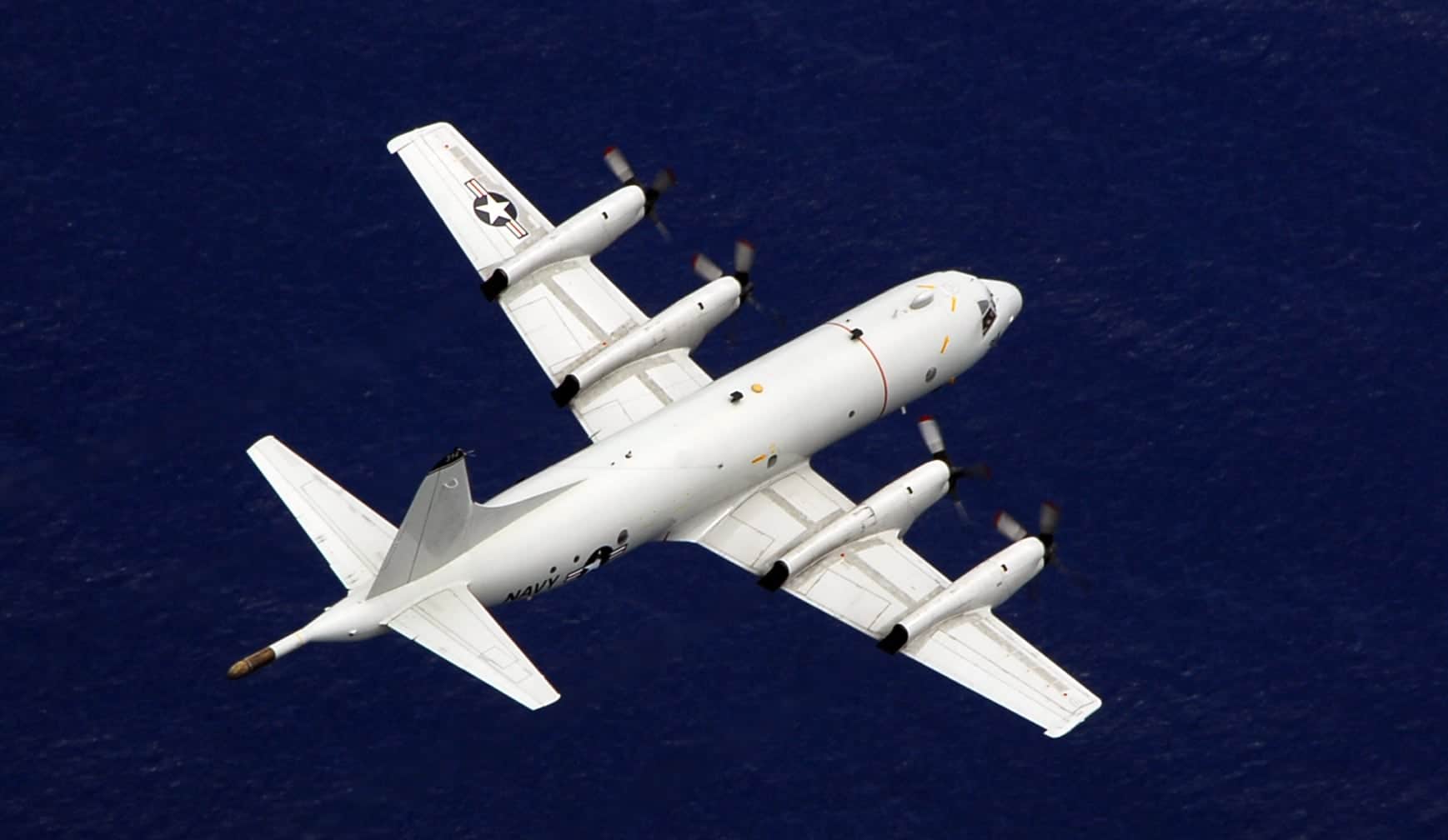
Bandwagon Jumpers
In addition to the US Navy, additional P-3 Orion users include Argentina (P-3B), Australia (AP-3C), Brazil (P3-AM), Chile (P-3A), Germany (P-3C CUP+), Greece (P-3B), Iran (P-3F), Japan (P-3C/EP-3/OP-3C/UP-3C/UP-3D), the Netherlands (P-3C), New Zealand (P-3B/P-3K2), Norway (P-3C/P-3N), Pakistan (P-3C), Portugal (P-3P/P-3C CUP+), South Korea (P-3C/P-3CK), Spain (P.3/P-3A HW/P-3B/P-3M), Taiwan (P-3A/P-3C/EP-3E and Thailand (P-3T/VP-3T). Canada operates a couple of P-3 derivatives, the CP-140 Aurora and CP-140A Arcturus.
The US National Oceanographic and Atmospheric Administration (NOAA), the National Aeronautics and Space Administration (NASA), and the Department of Homeland Security also operated or operate Orion variants.


